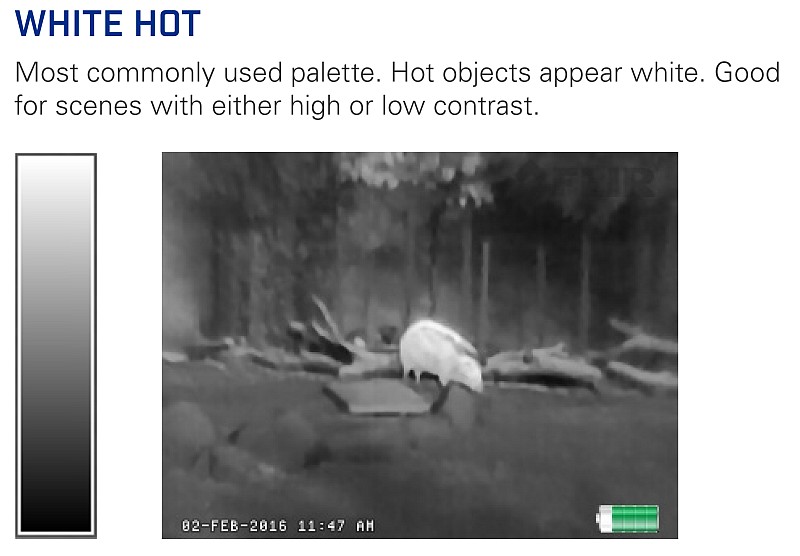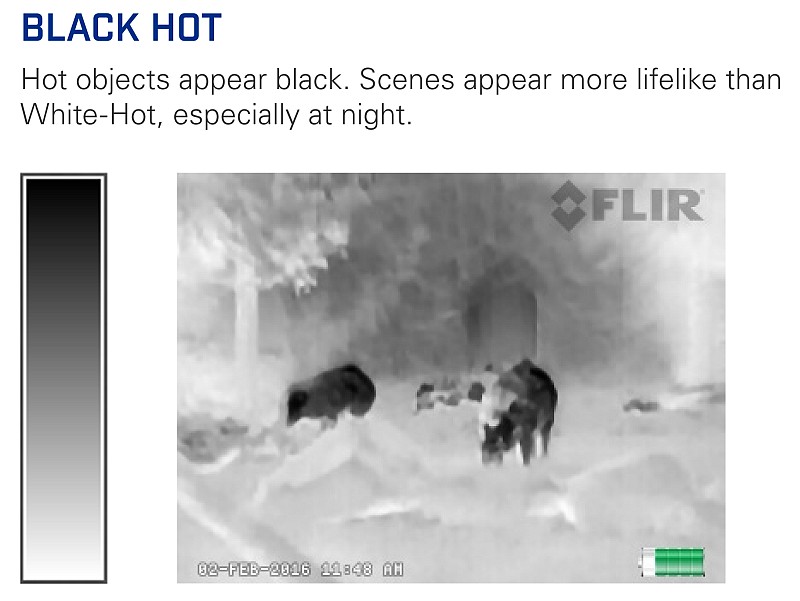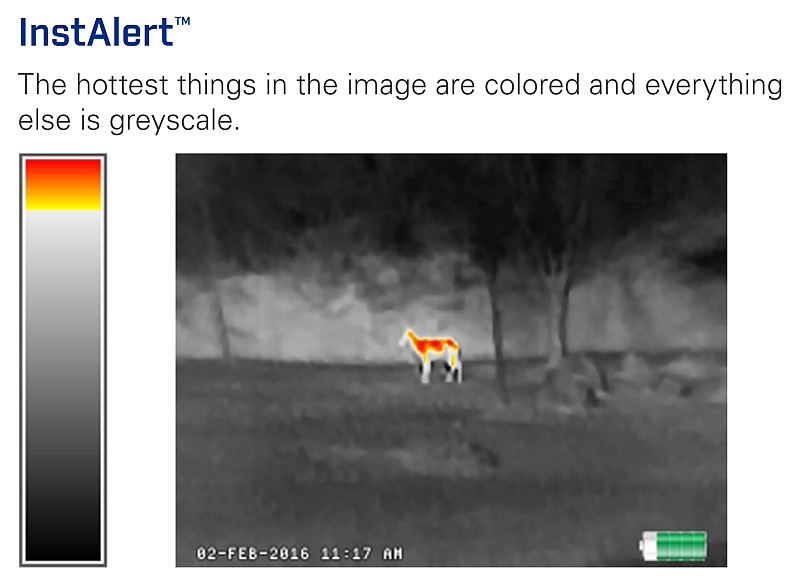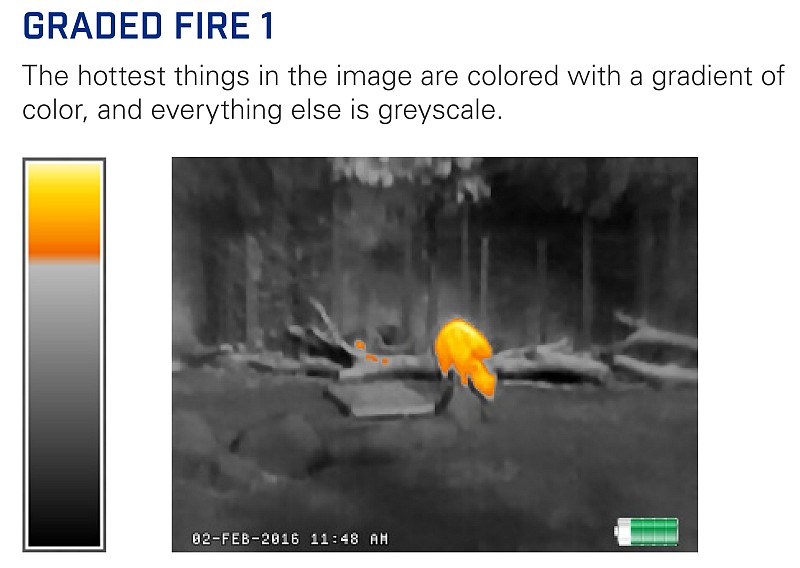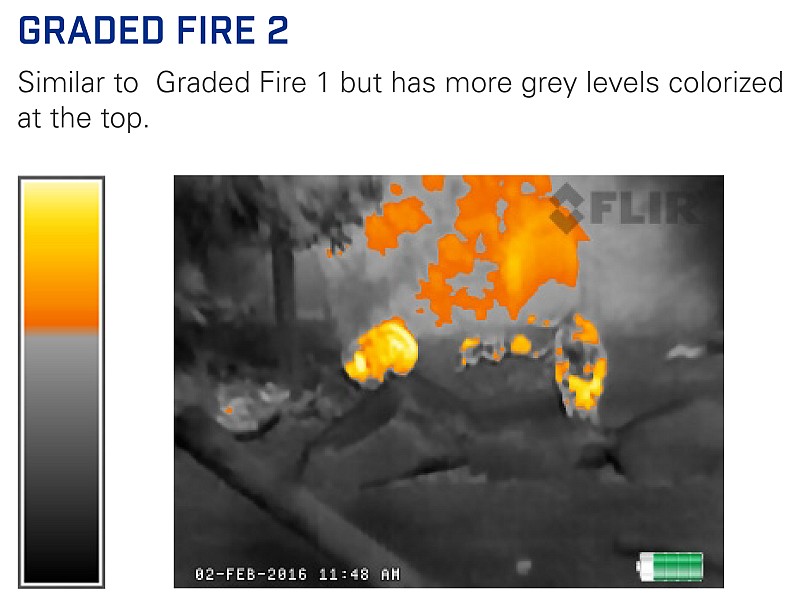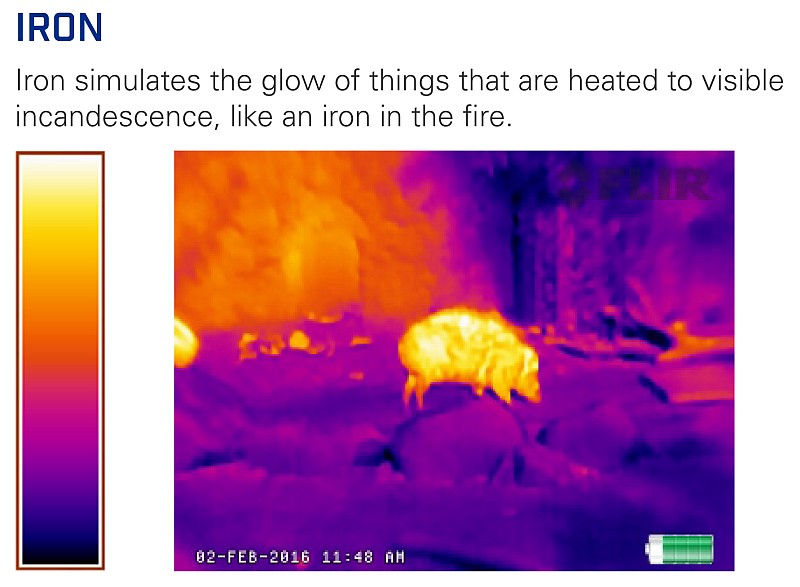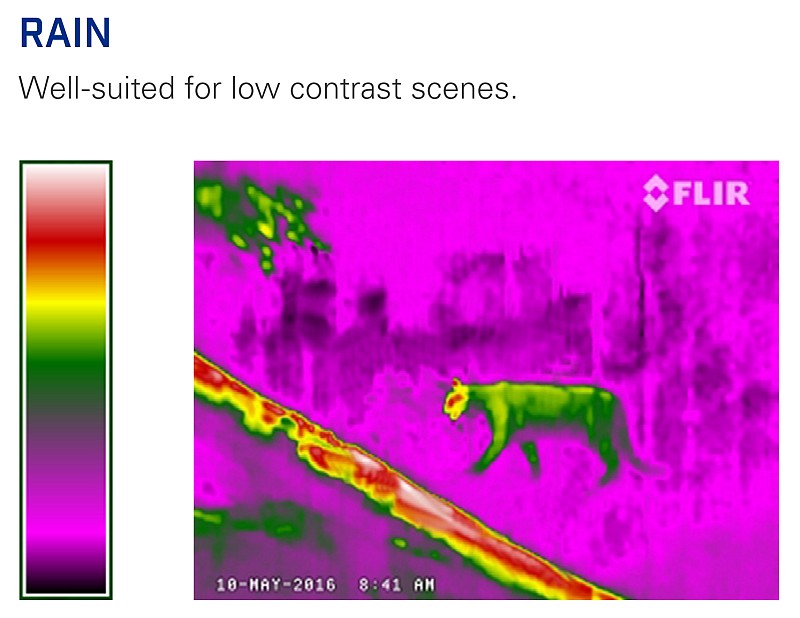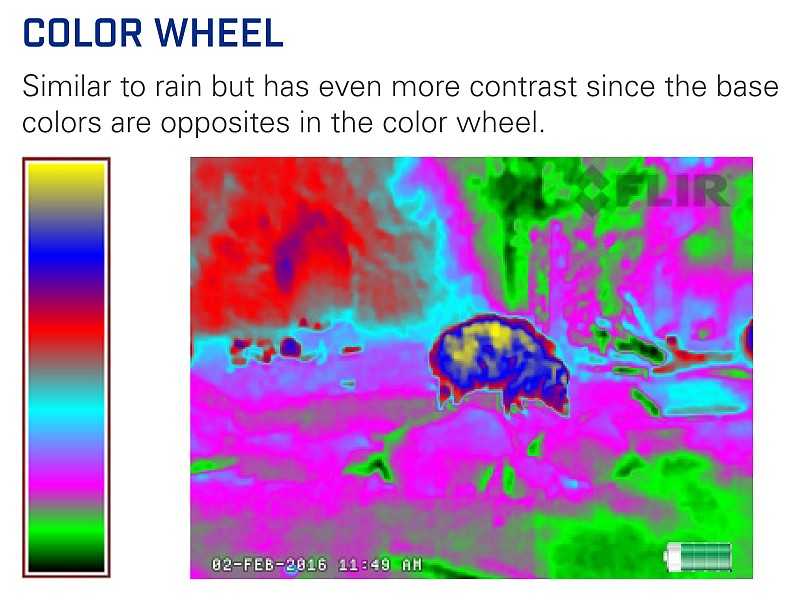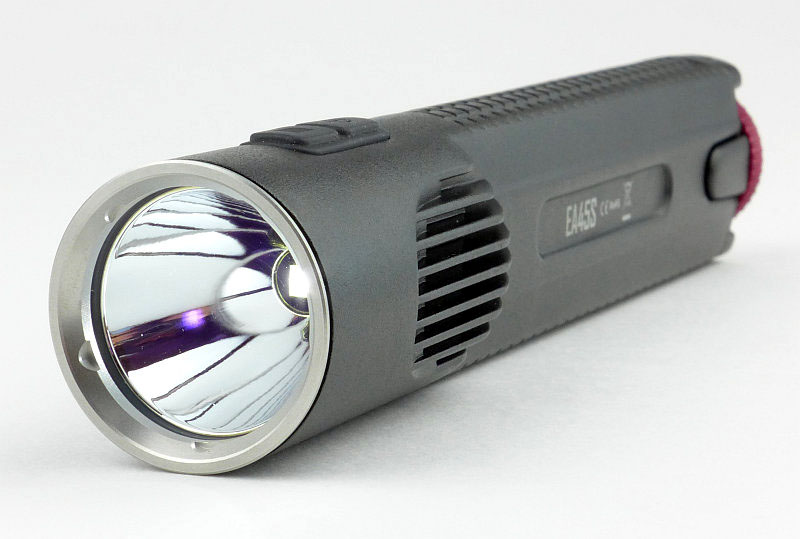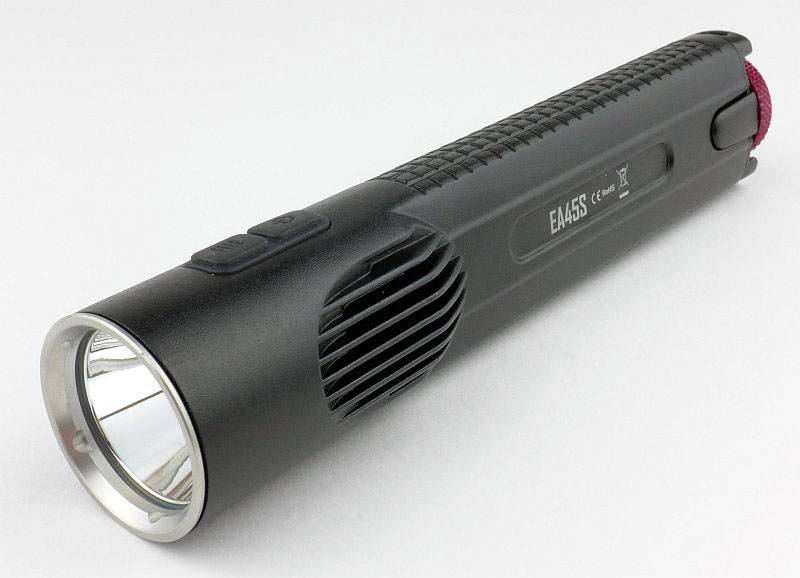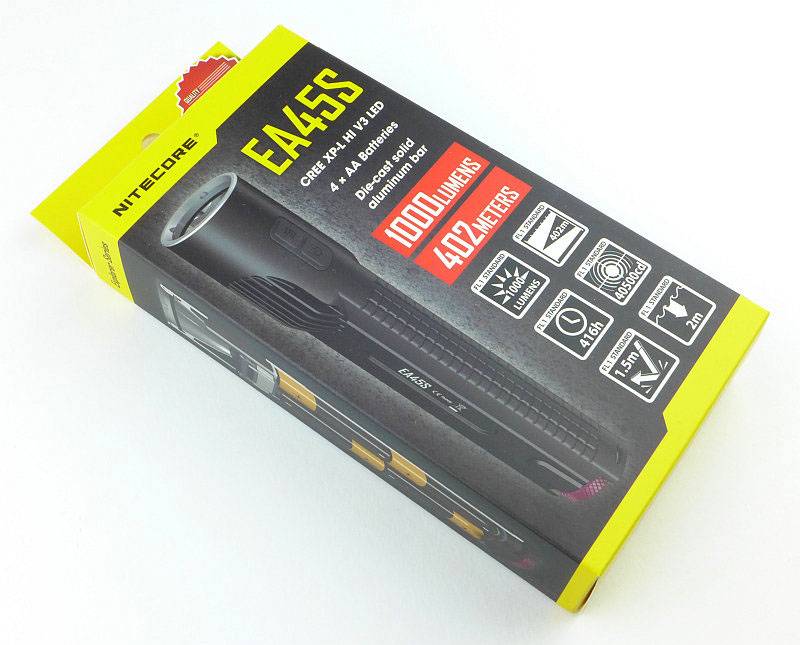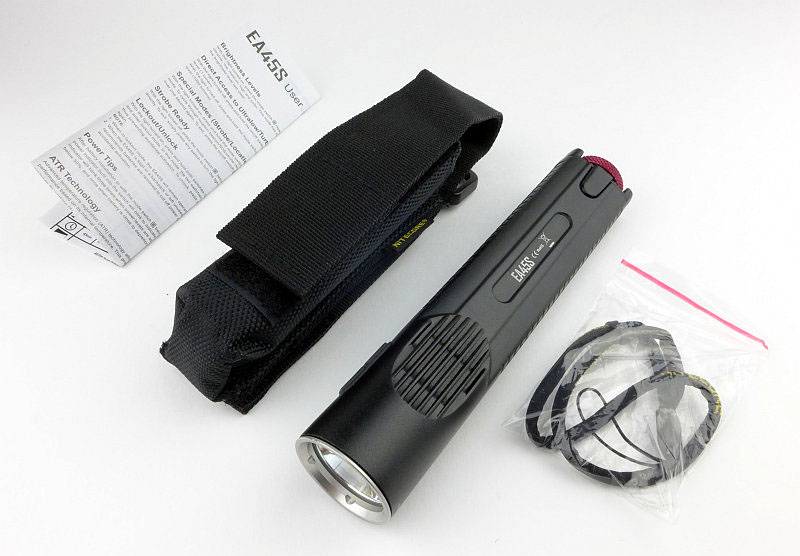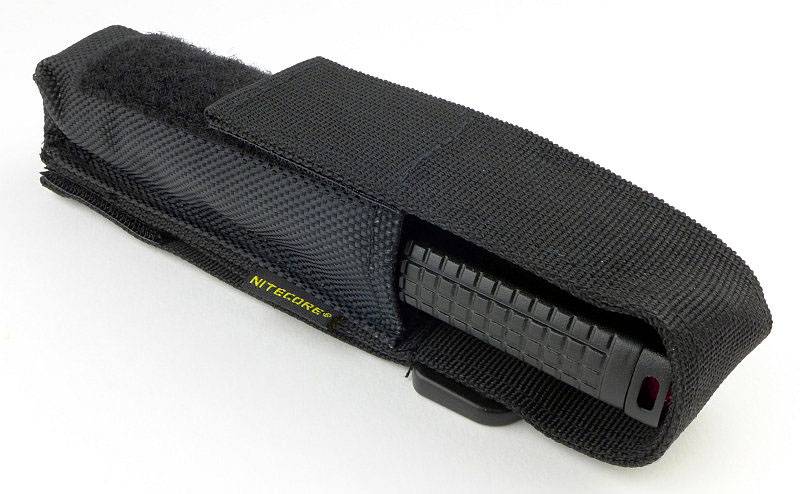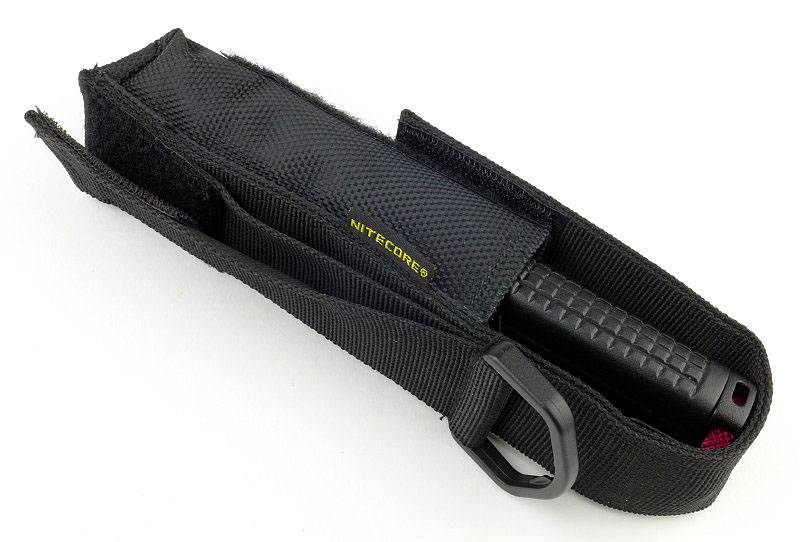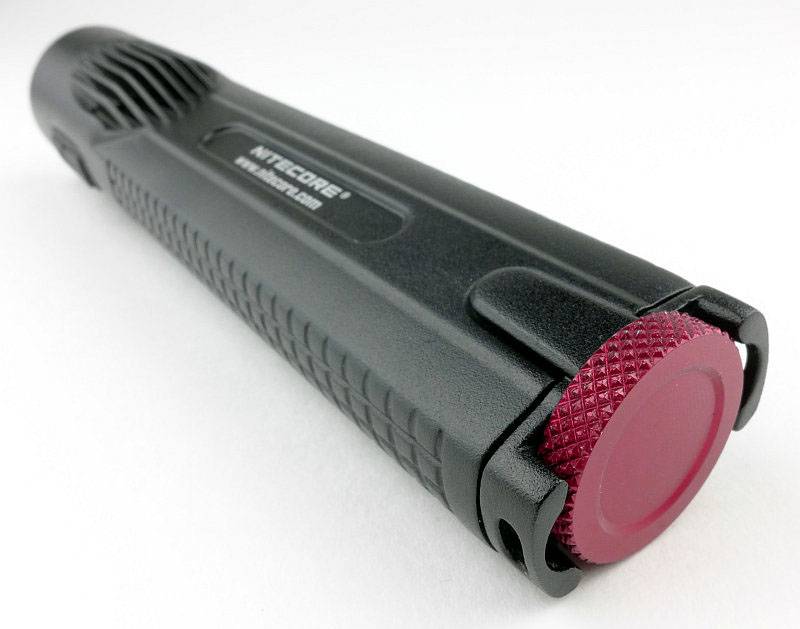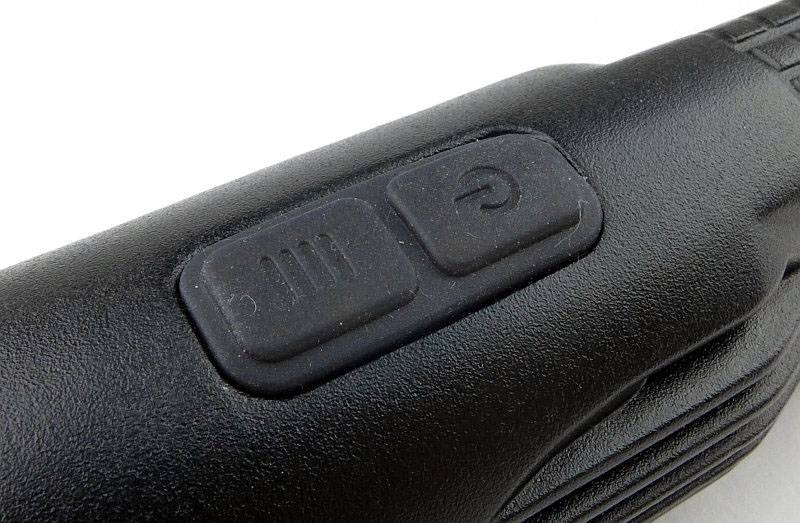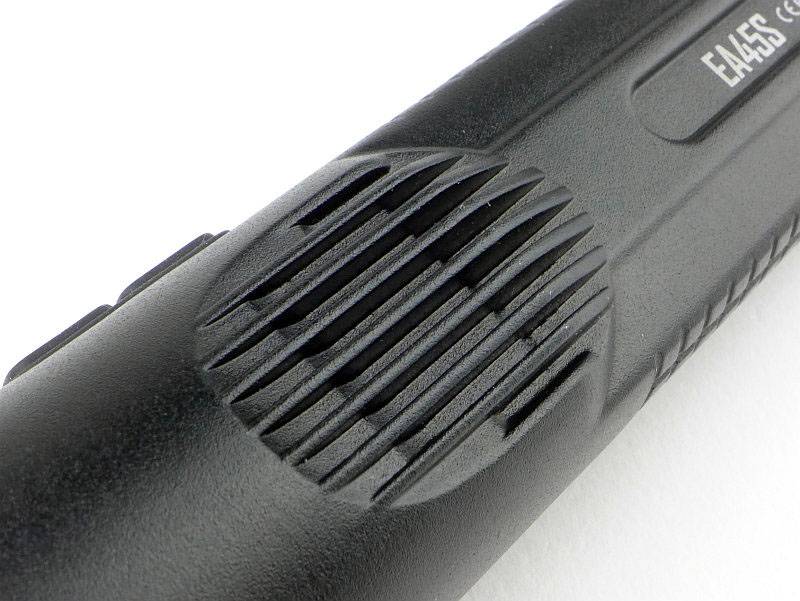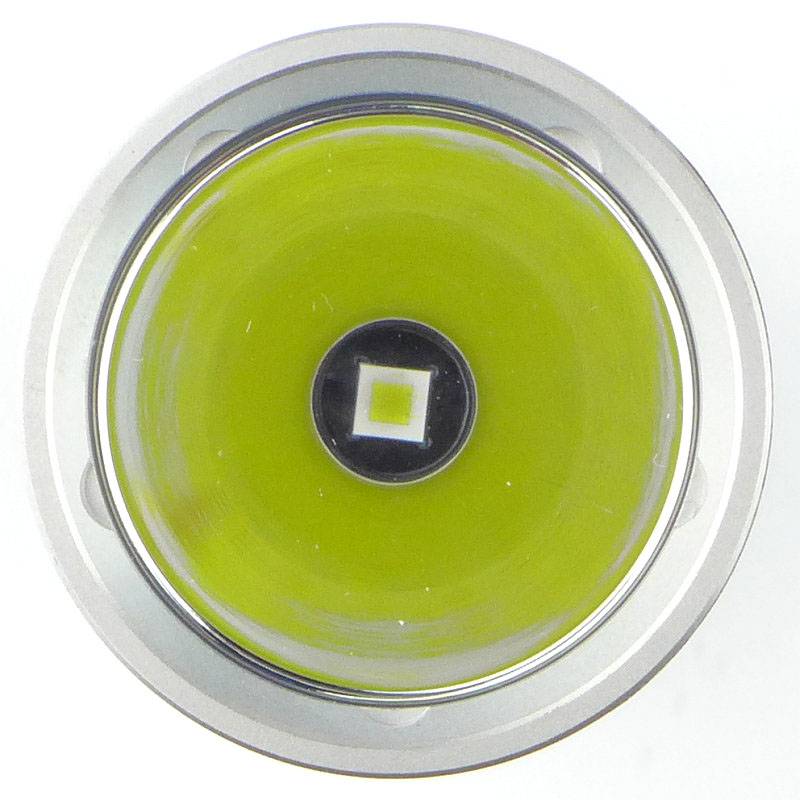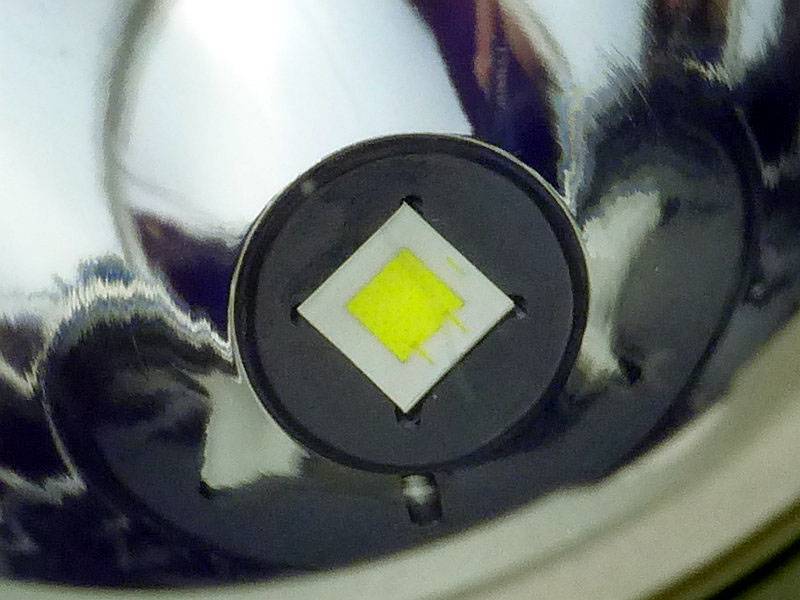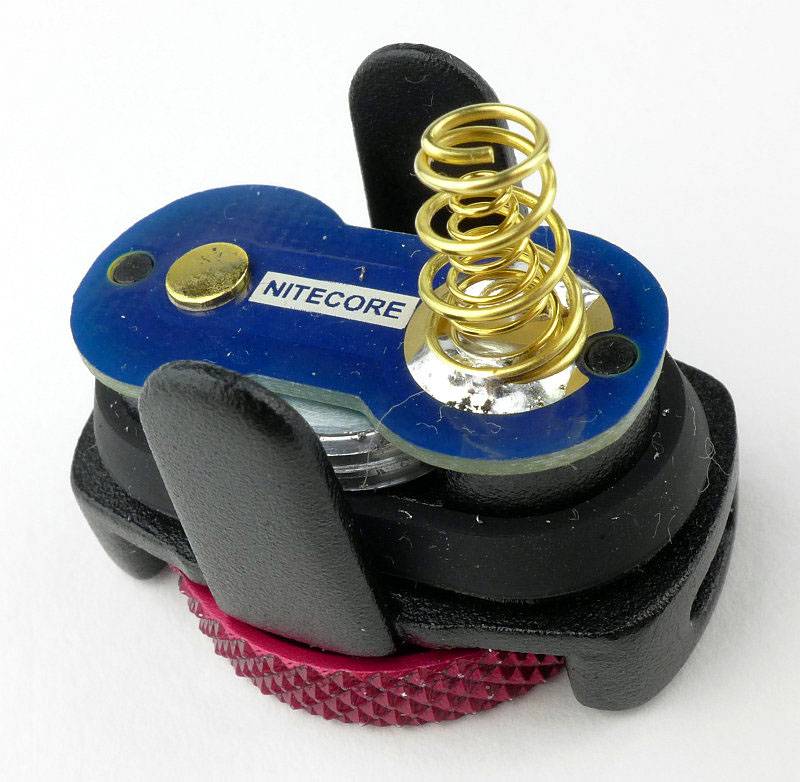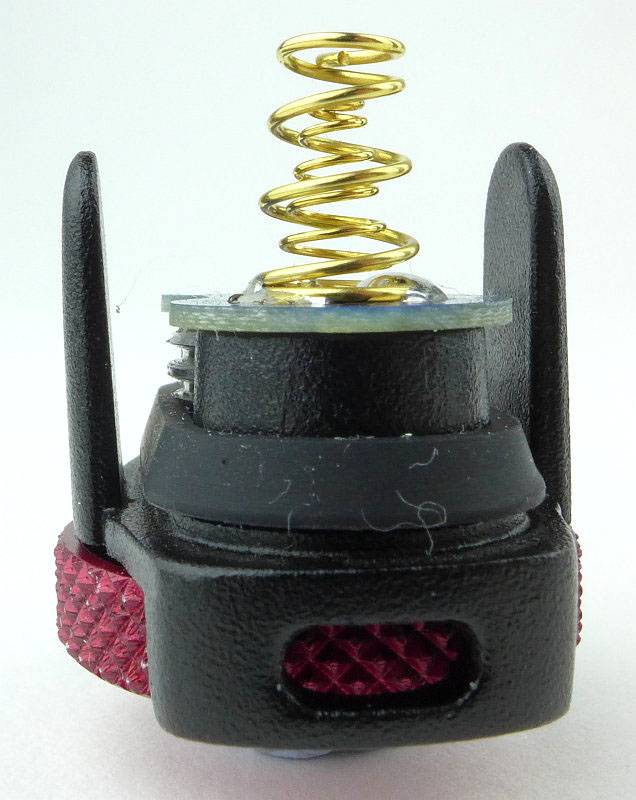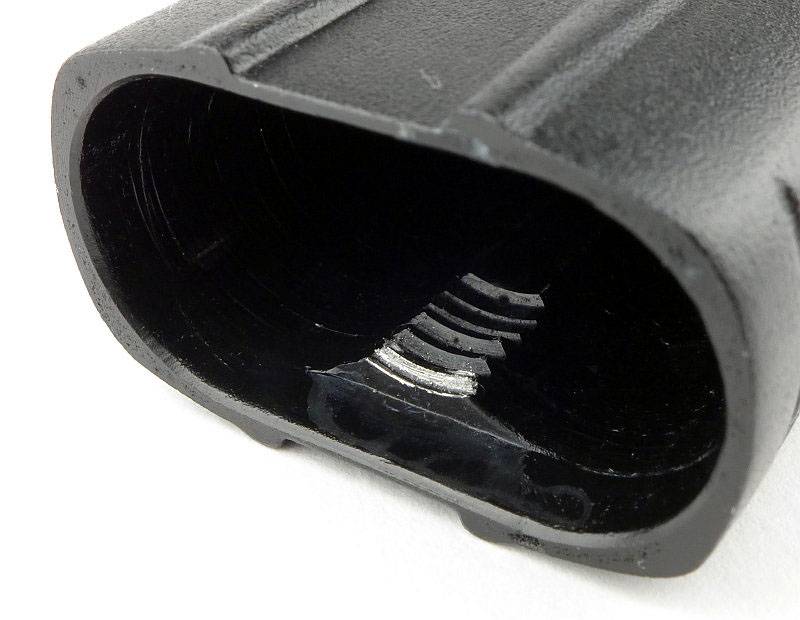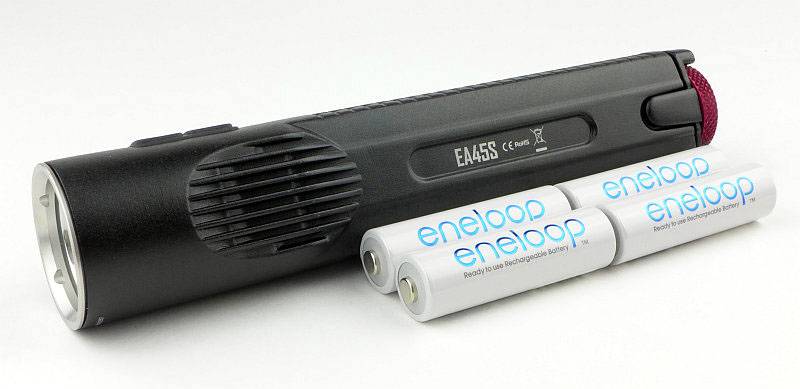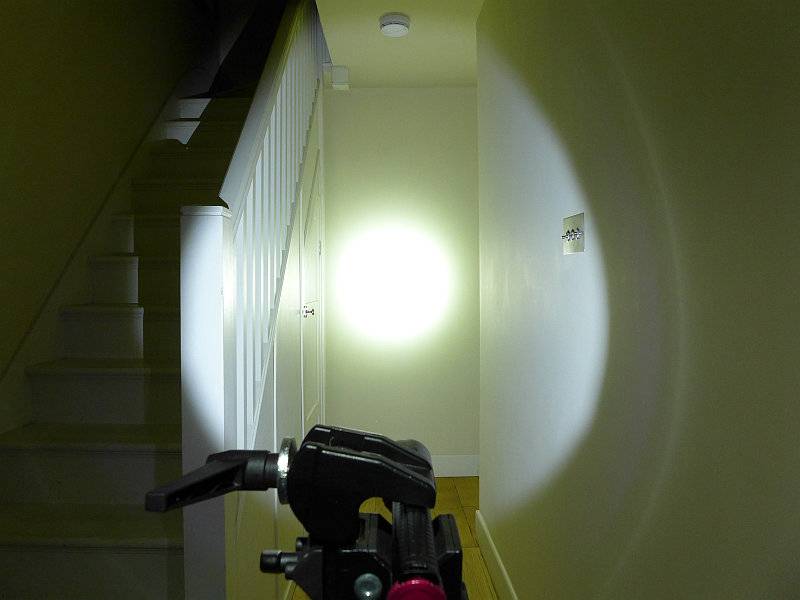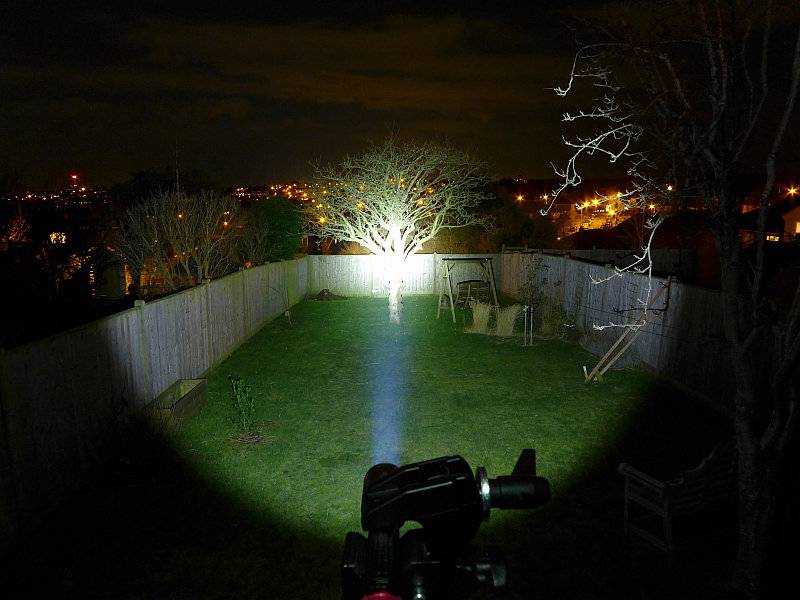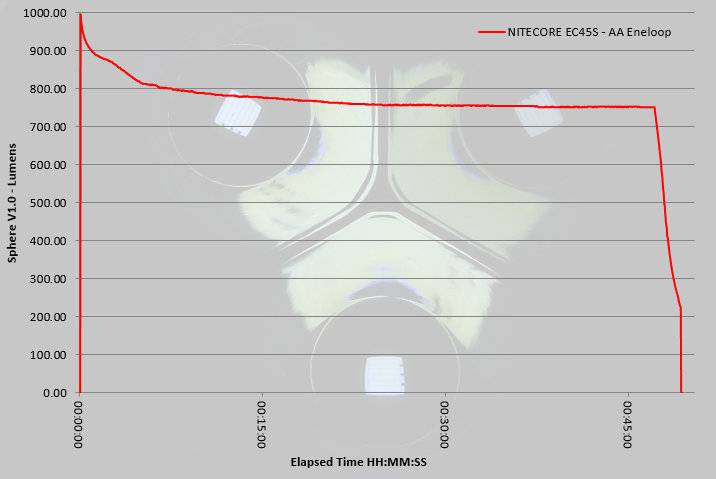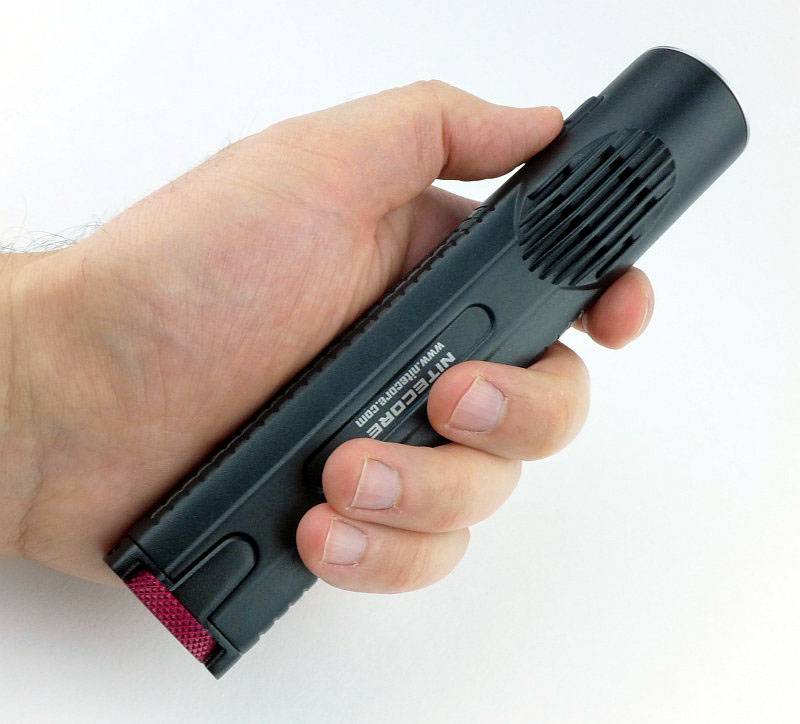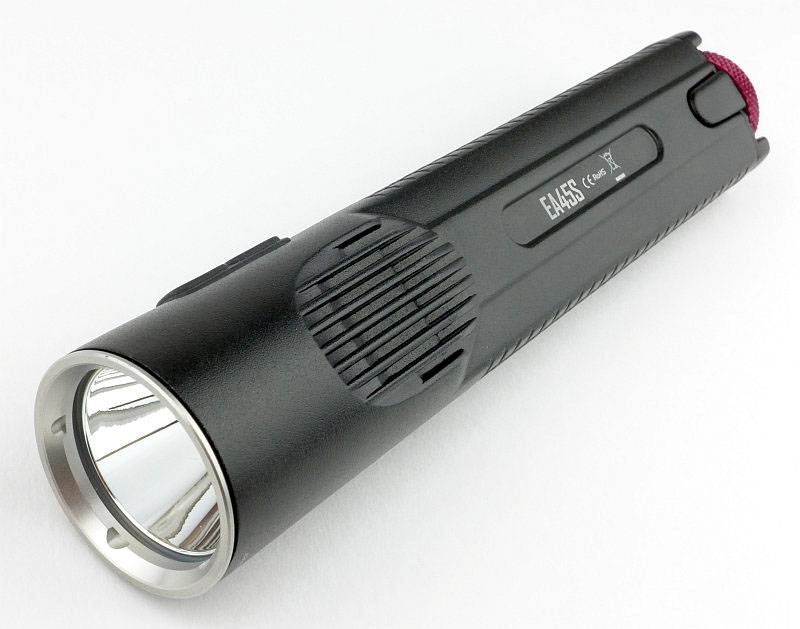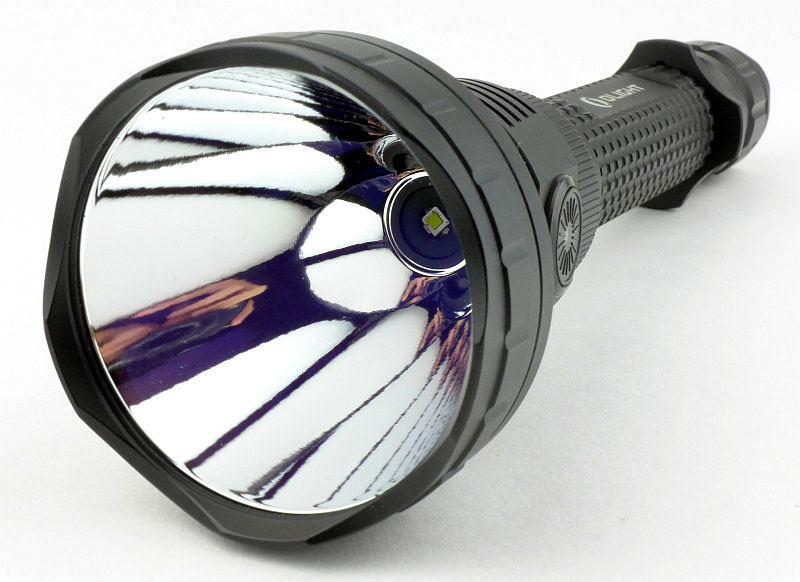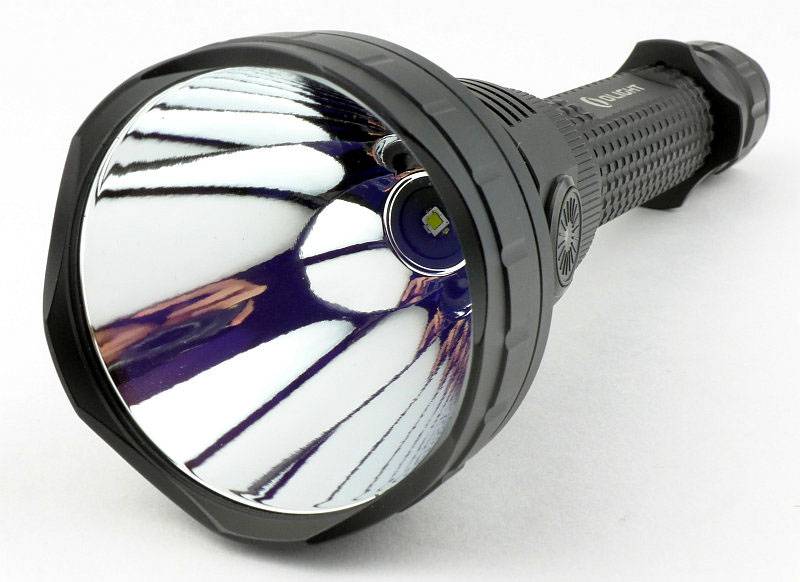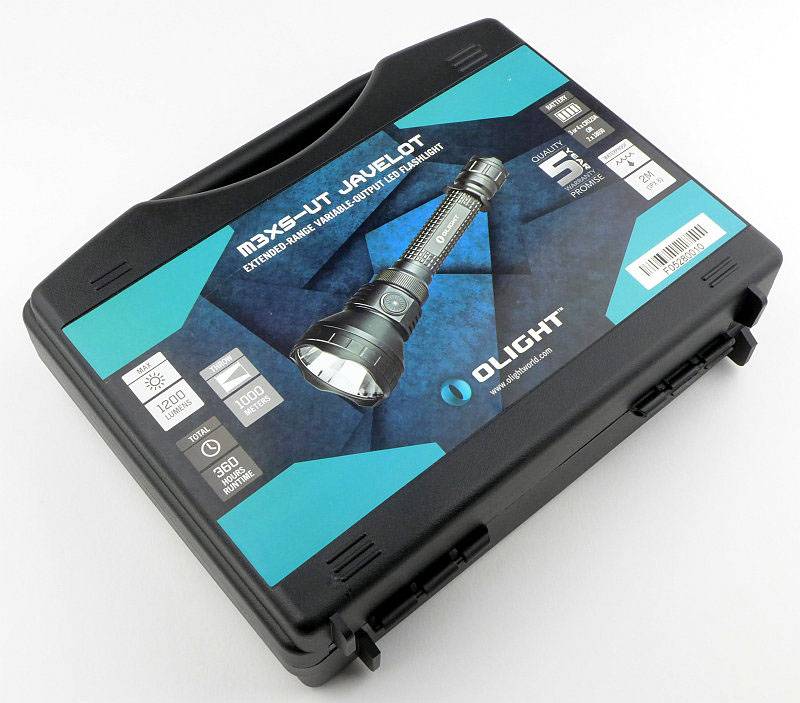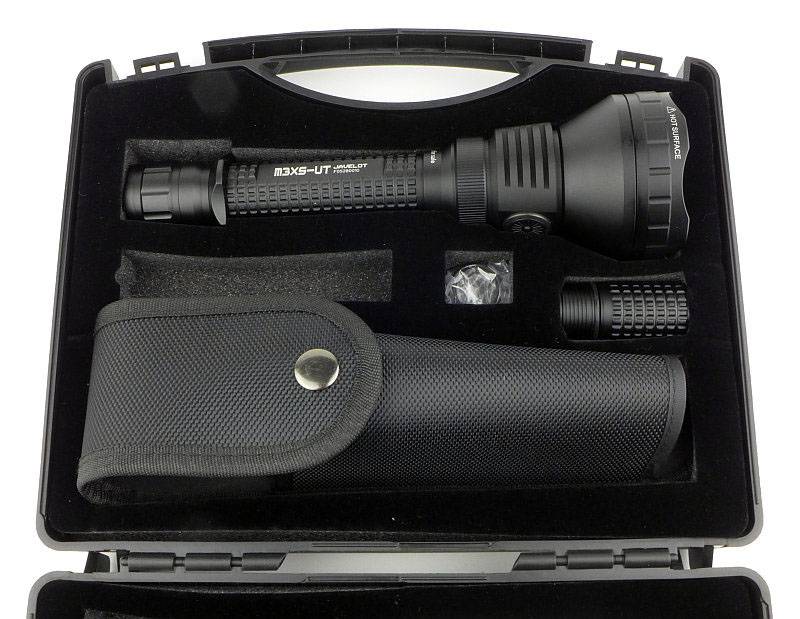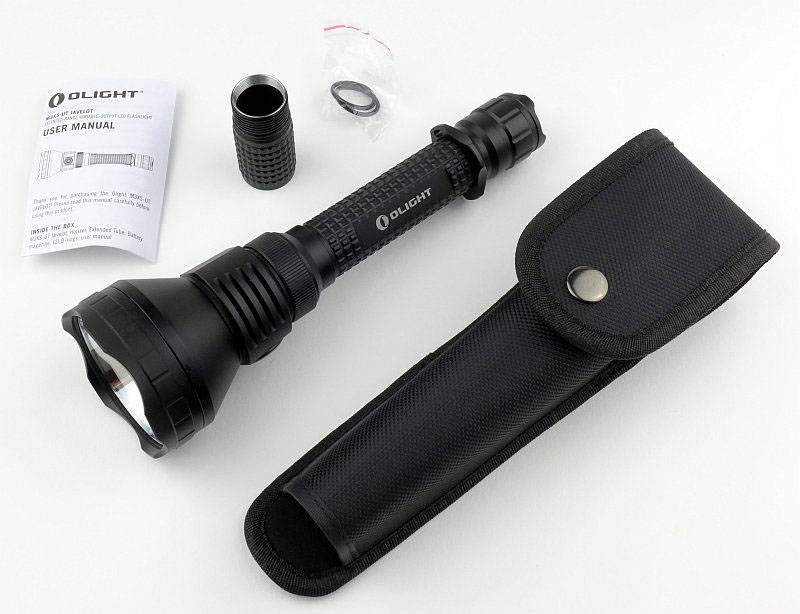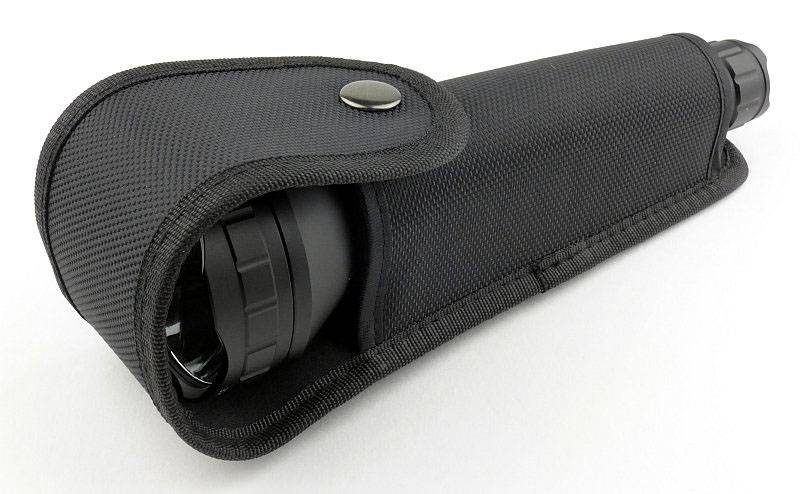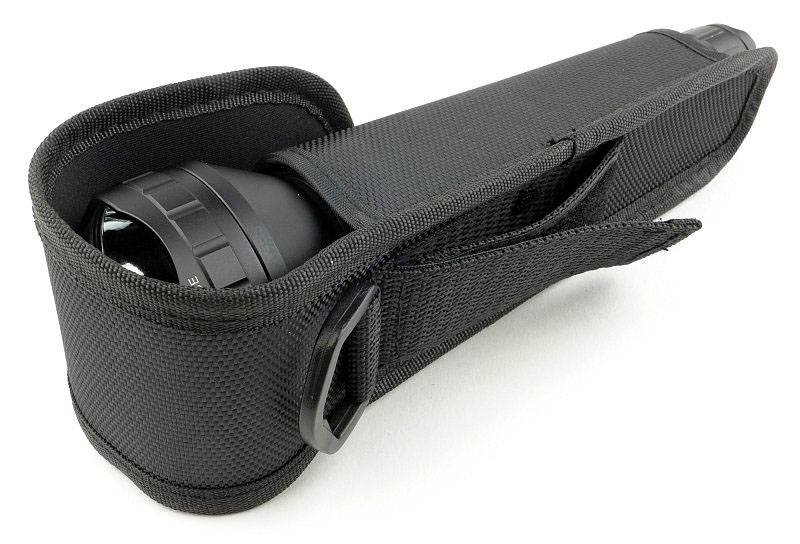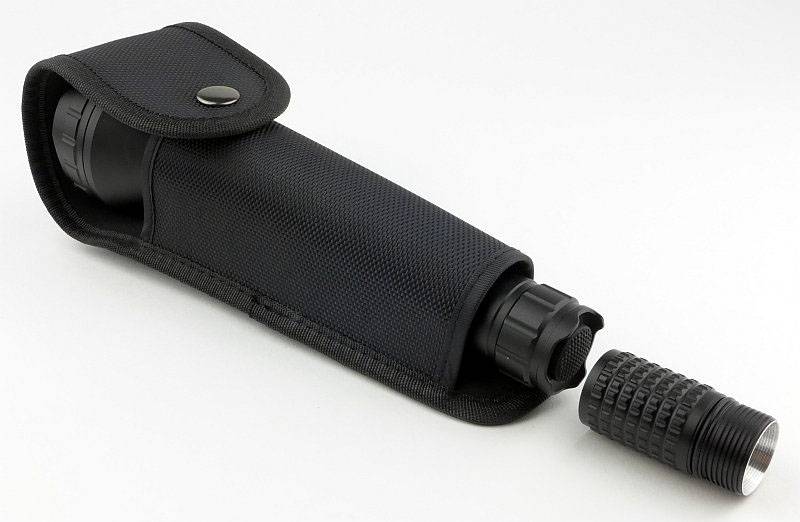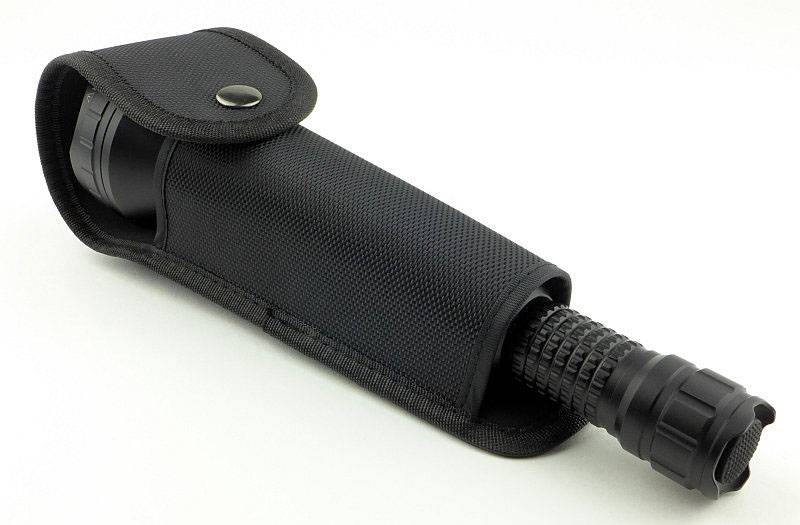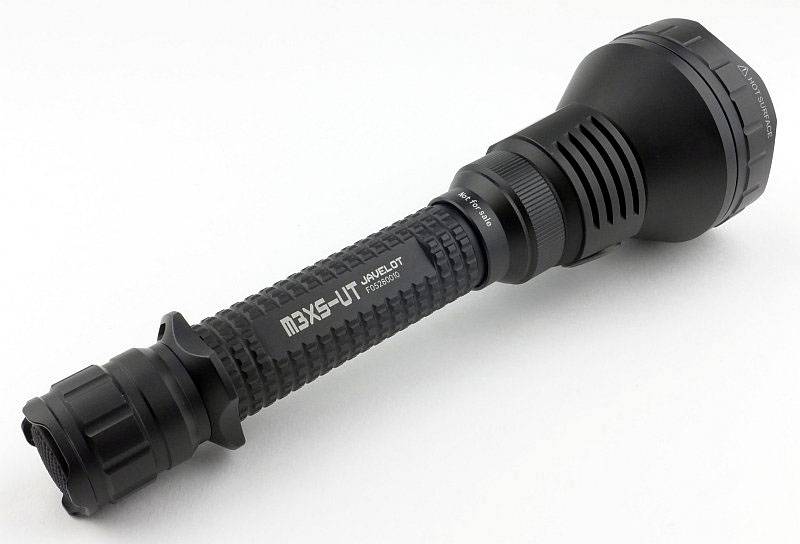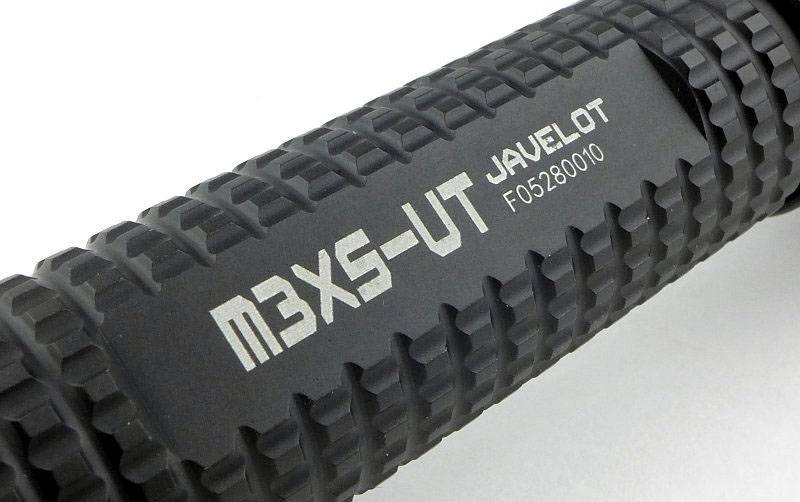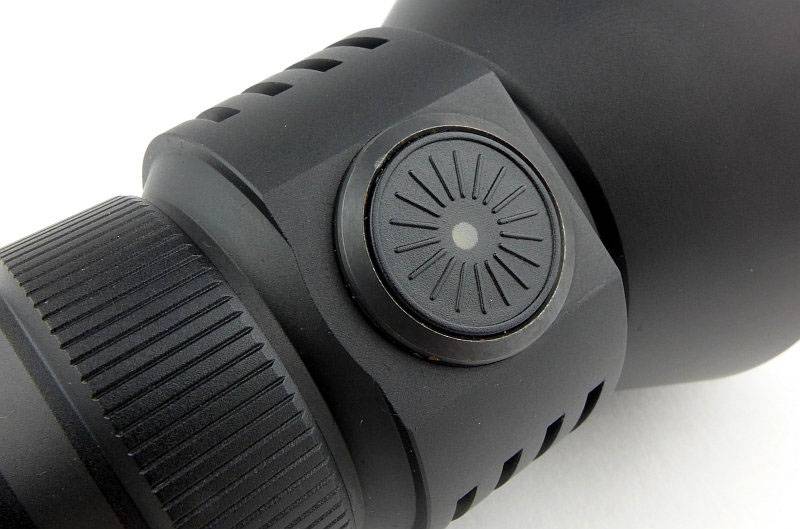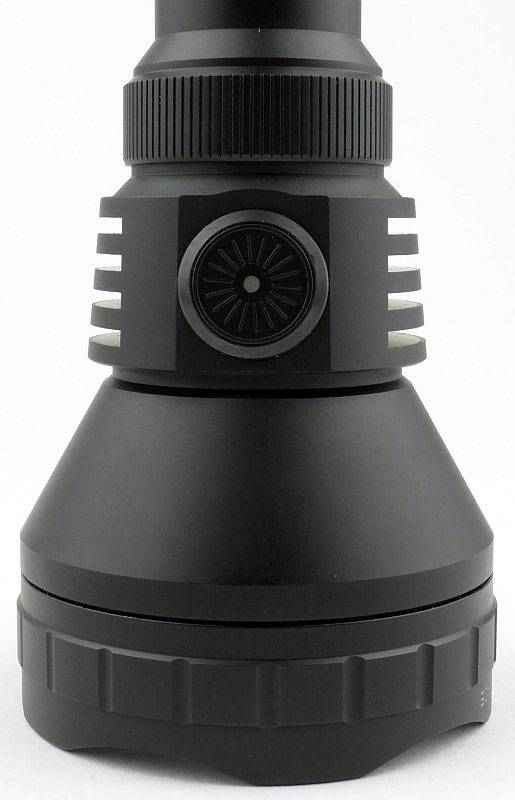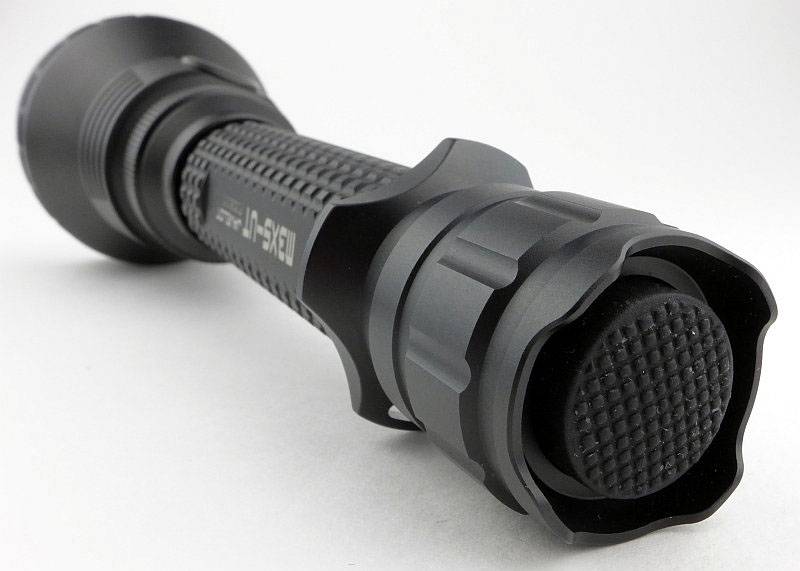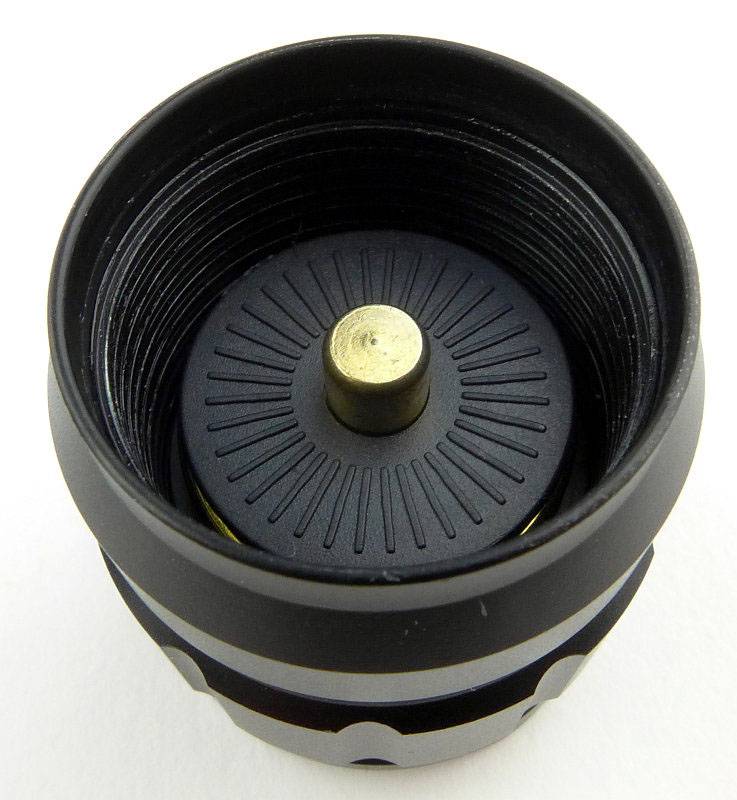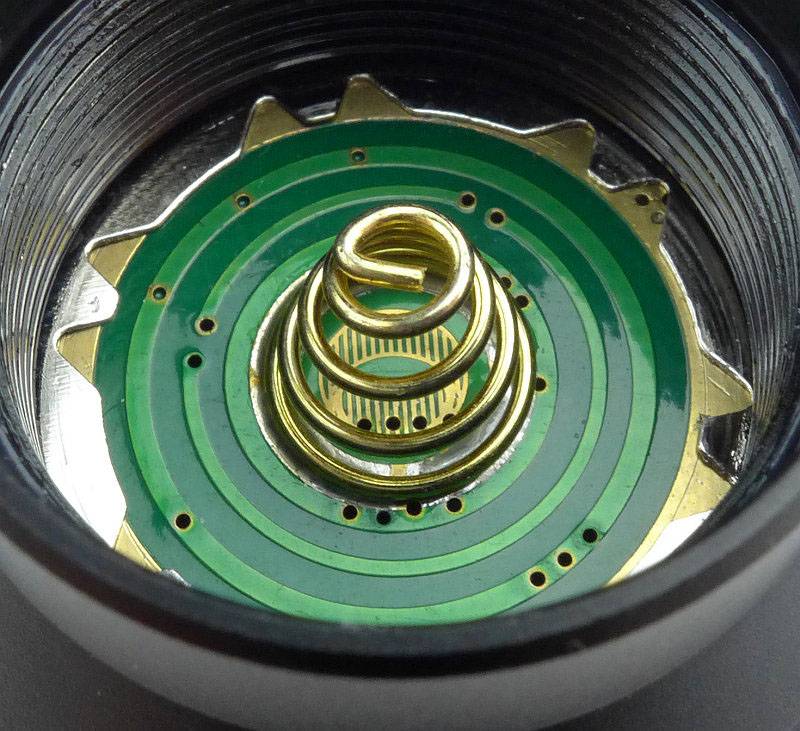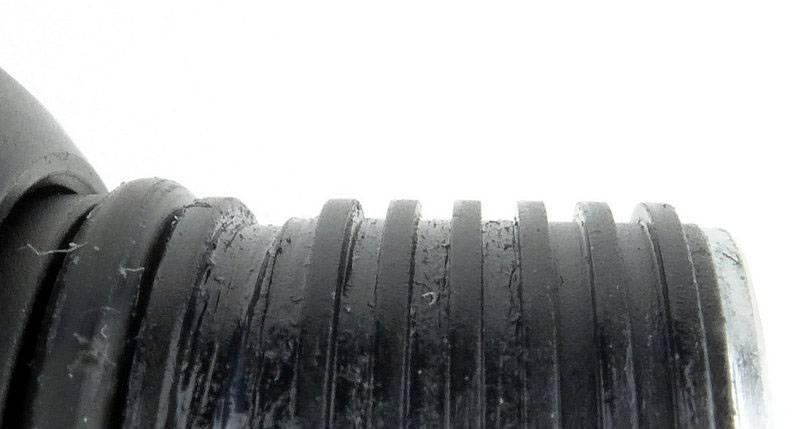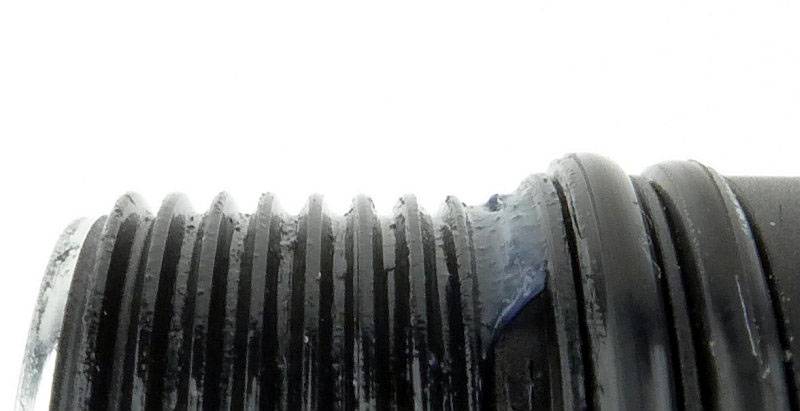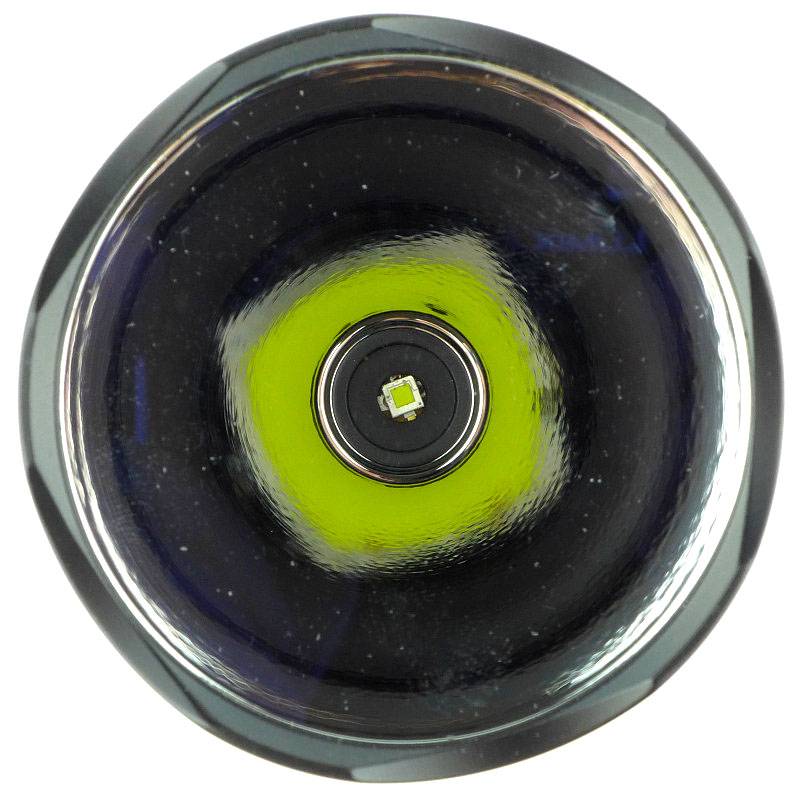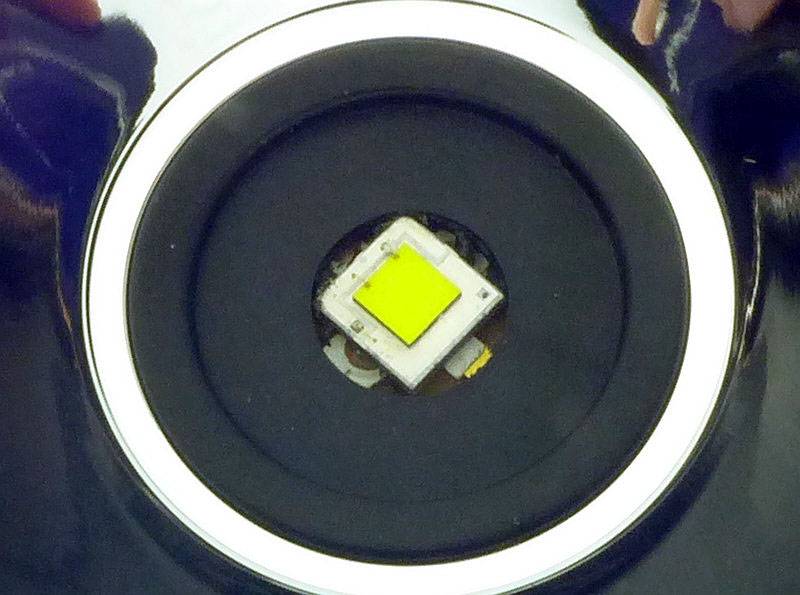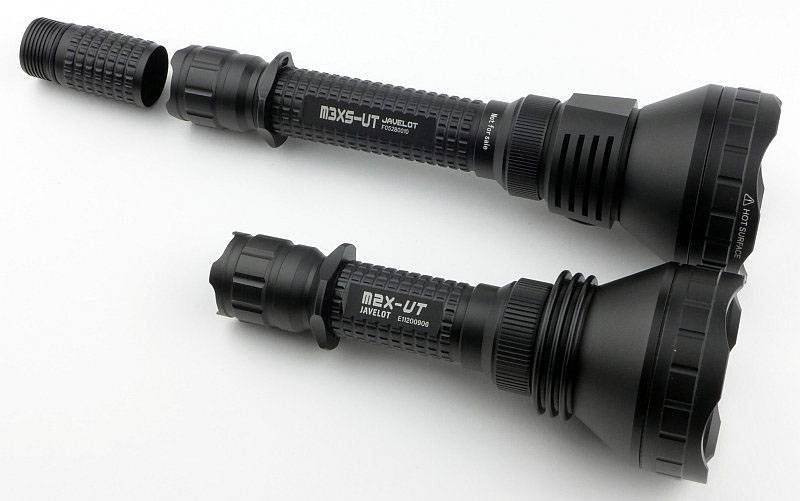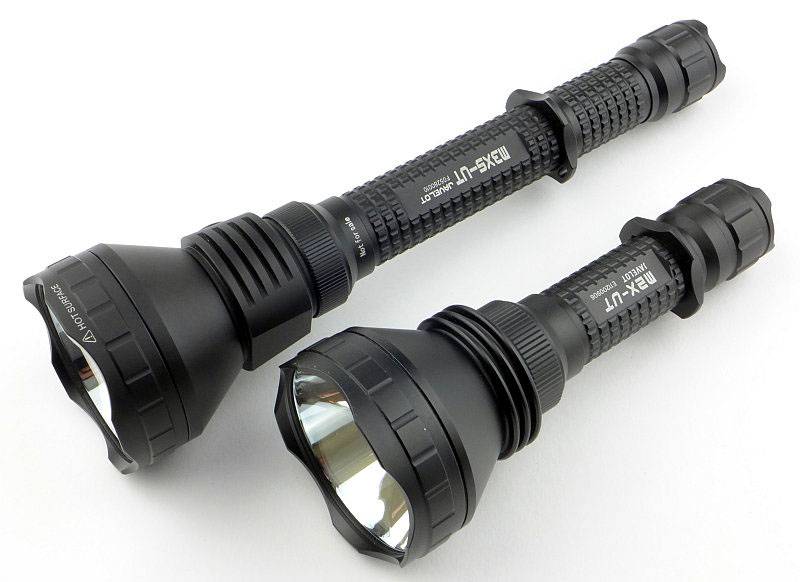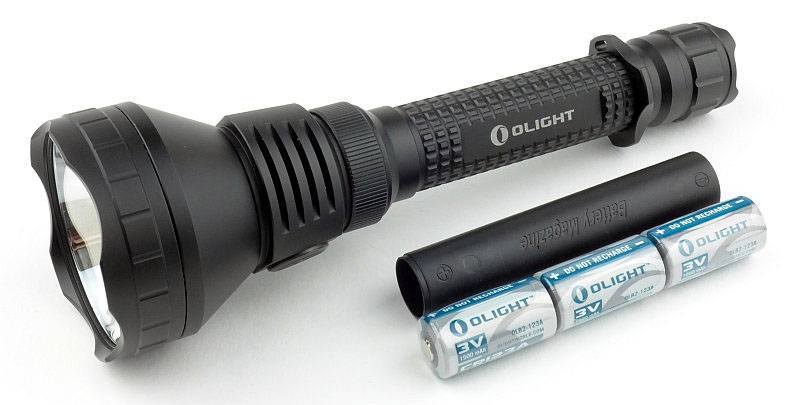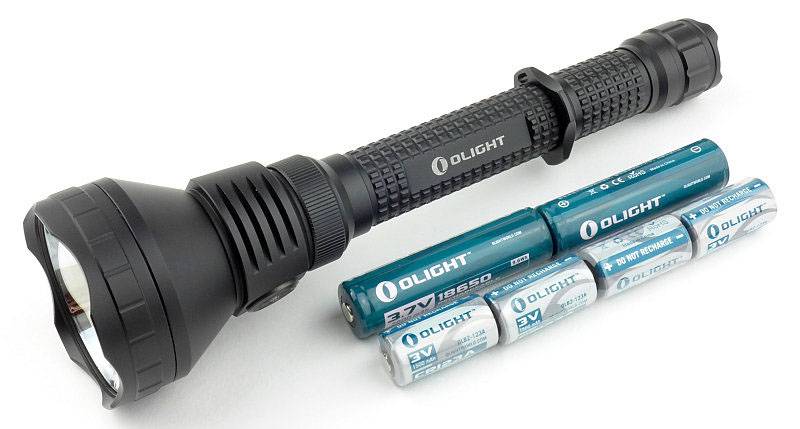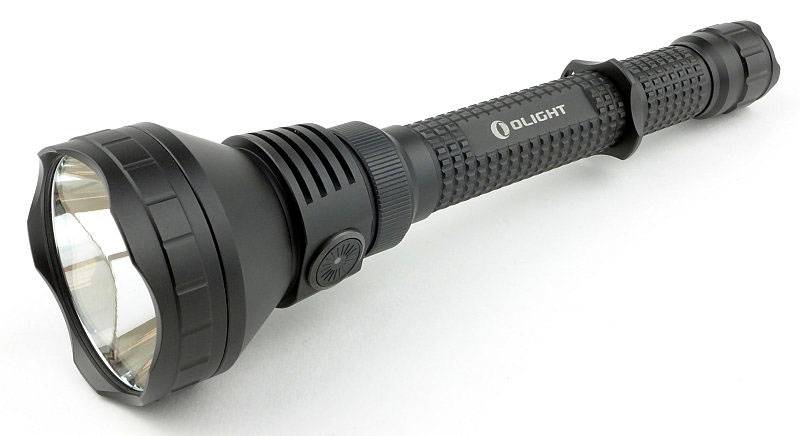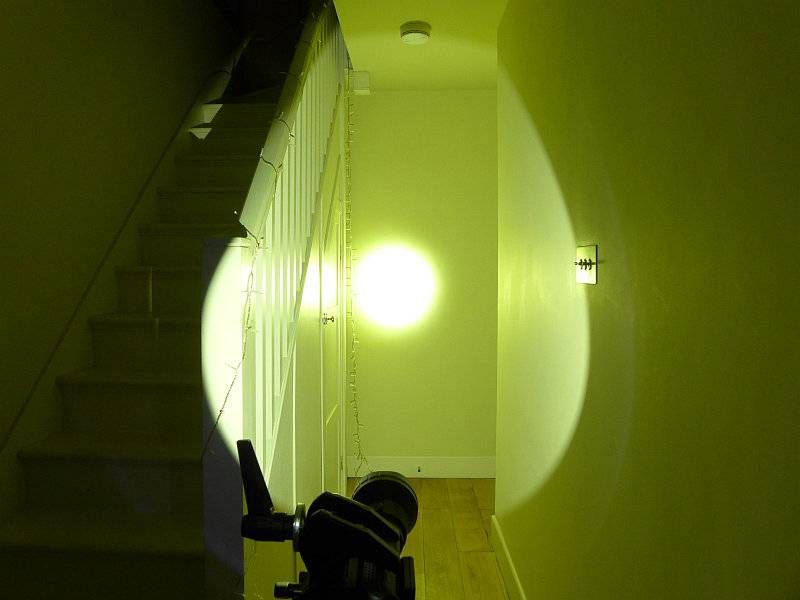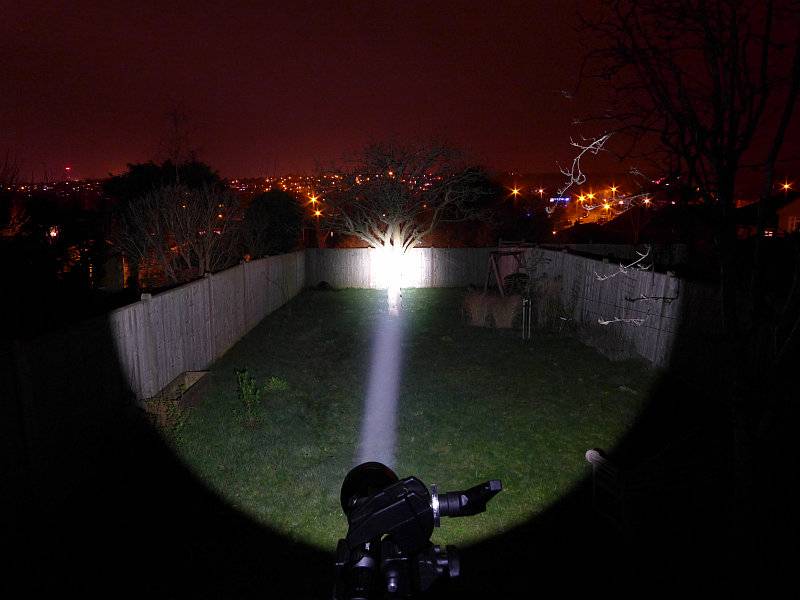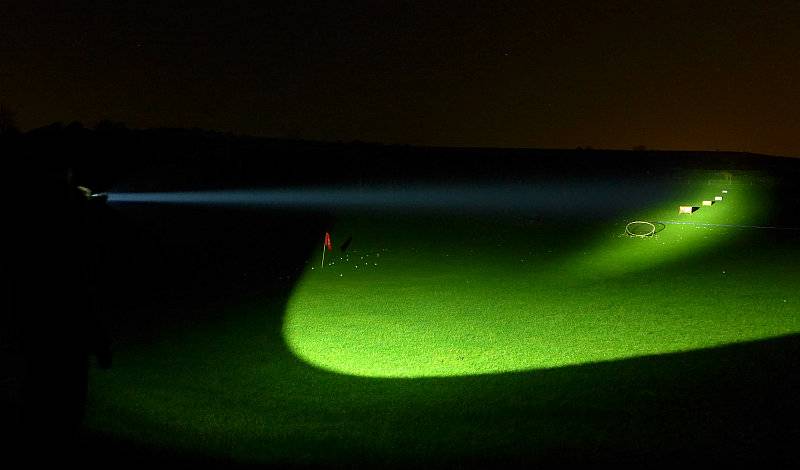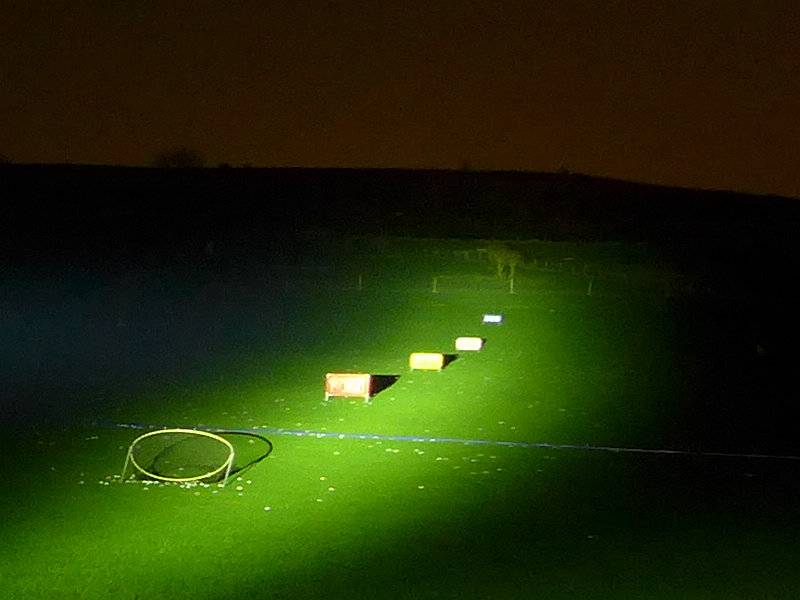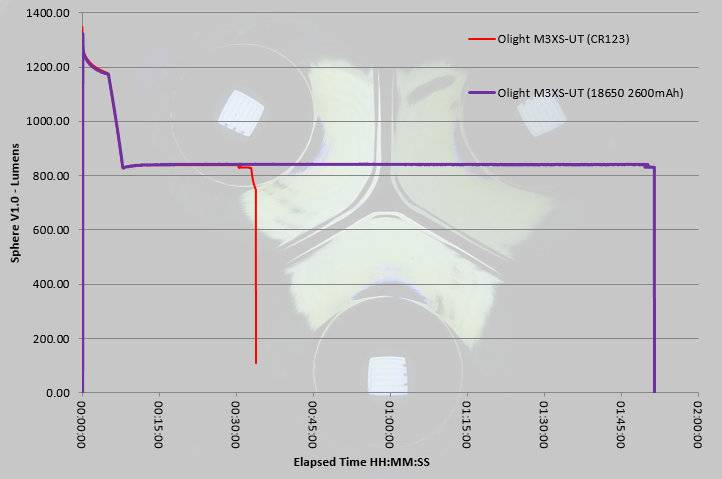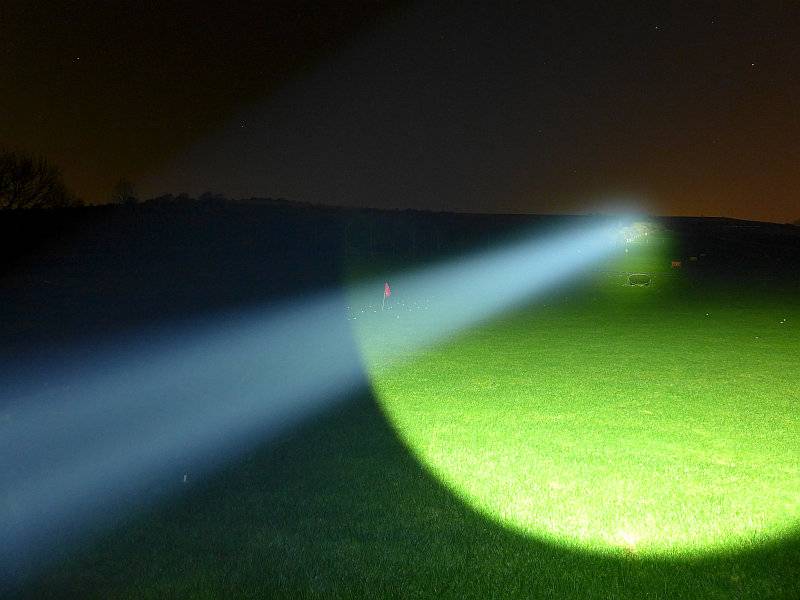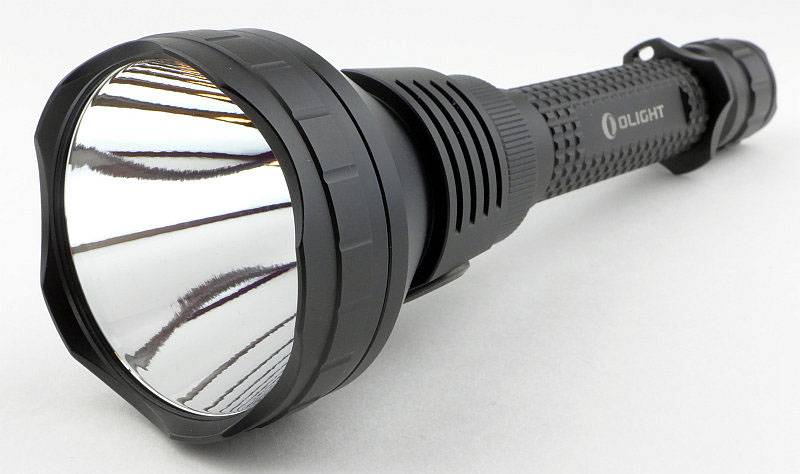FLIR are a leading manufacturer of thermal imaging sensors and thermal cameras, and though this technology still remains relatively expensive, FLIR have been producing consumer devices that bring thermal imaging within reach for everyone. In this review we are looking at the Scout TK, FLIR’s palm-sized self-contained thermal vision monocular, which reveals details of your soundings and helps you see people, objects and animals up to 100 yards away.
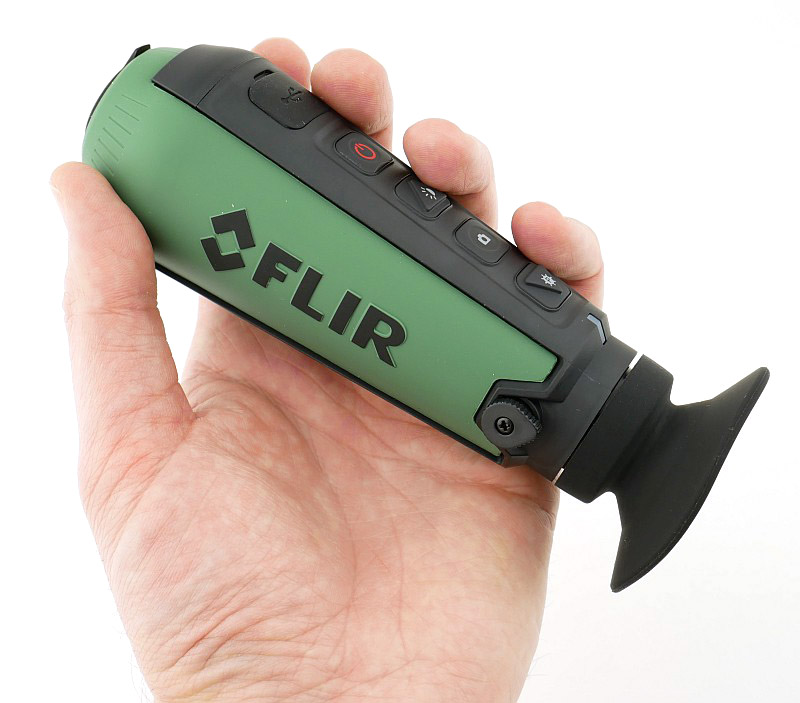
A few details:
When working out the best order for the content in this review, I’ve settled on a good look around the Scout TK before diving into the how and what of thermal cameras. So here we go with the details of this handy scope style camera.
You are greeted by a well presented box with over-sleeve.
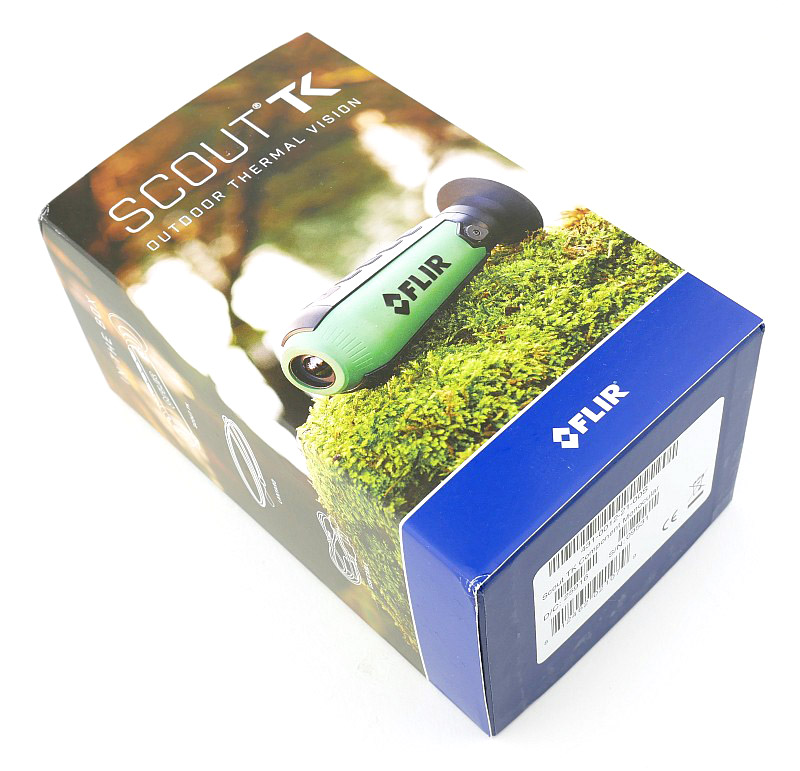
With the sleeve off the main box, we can lift off the lid. The Scout TK is well protected by a closed cell foam liner.
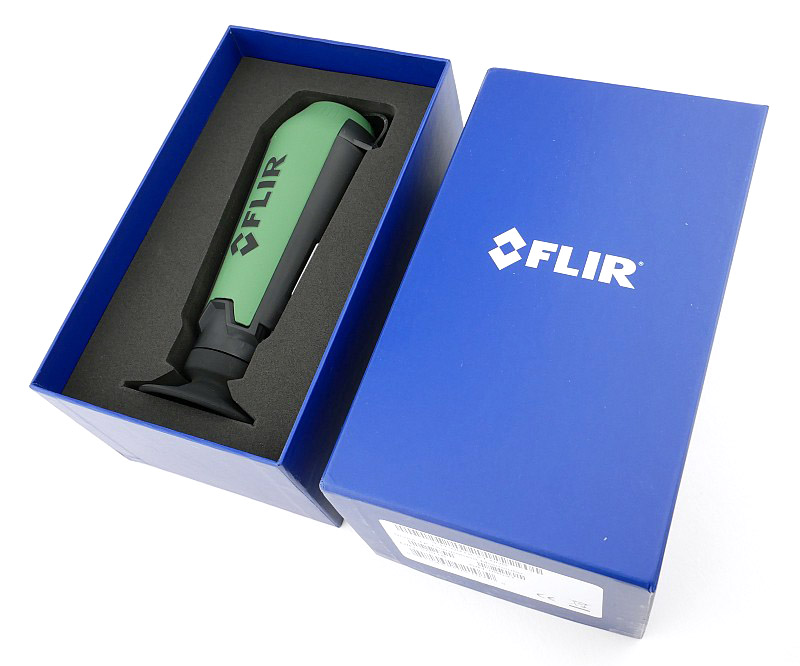
In the box is the Scout TK, a neck lanyard, a USB cable and the instructions.
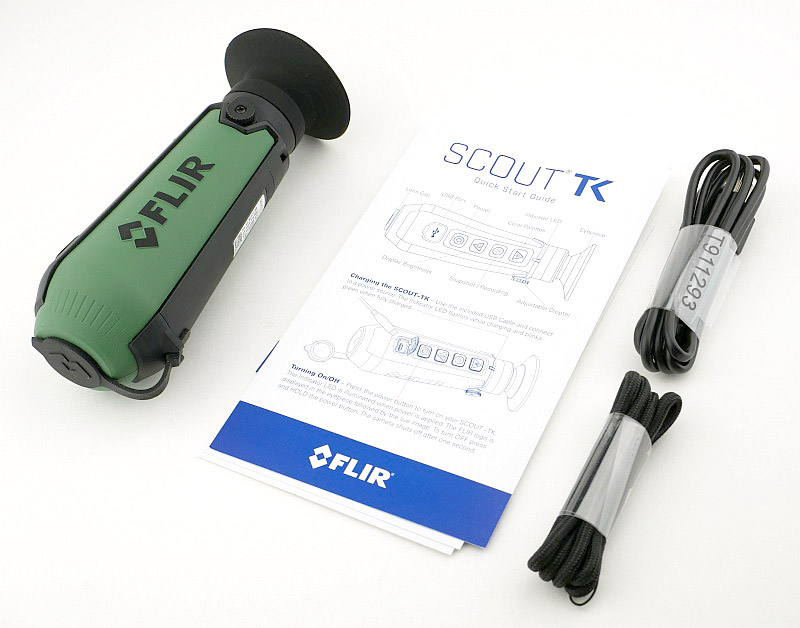
A very neat and purposeful design.
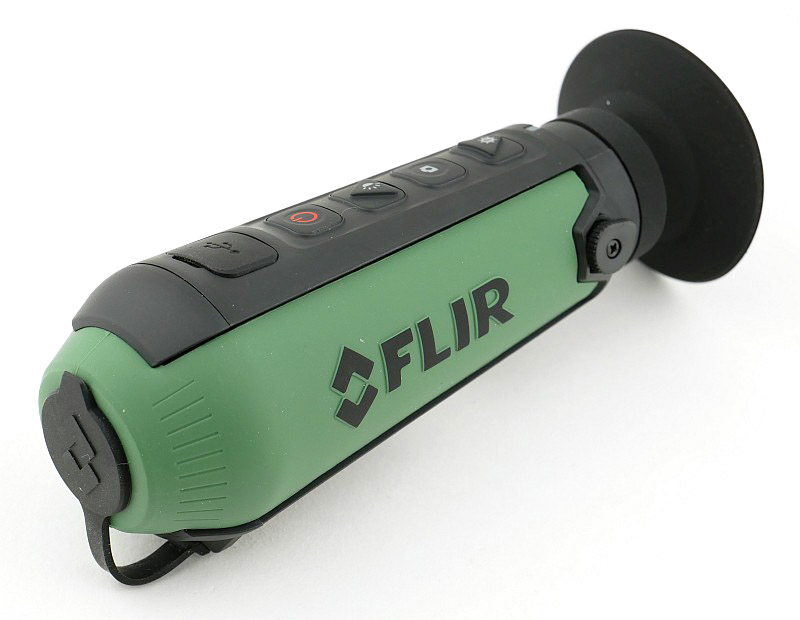
Protecting the Scout TK’s ‘eye’ is a rubber lens cover.
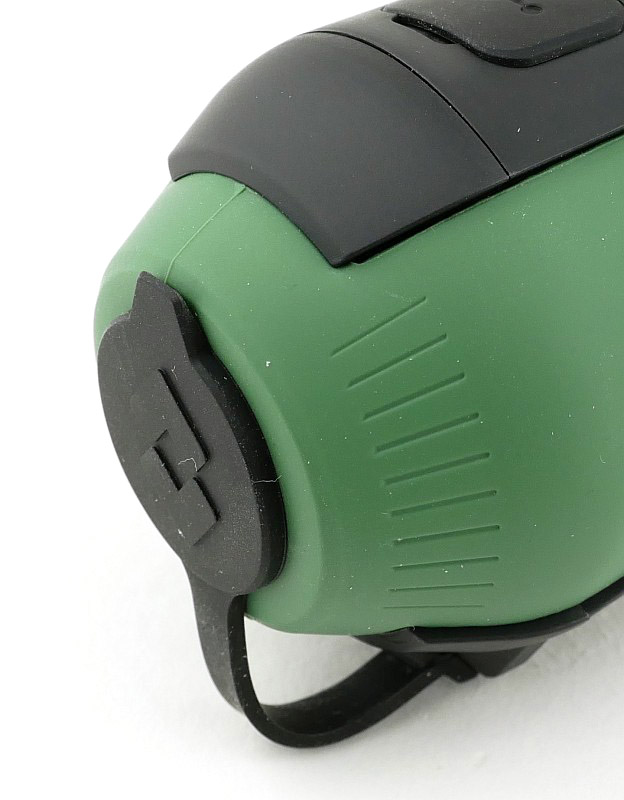
On the left side of the eyepiece is a diopter adjustment, to allow the user to focus the view of the internal display.
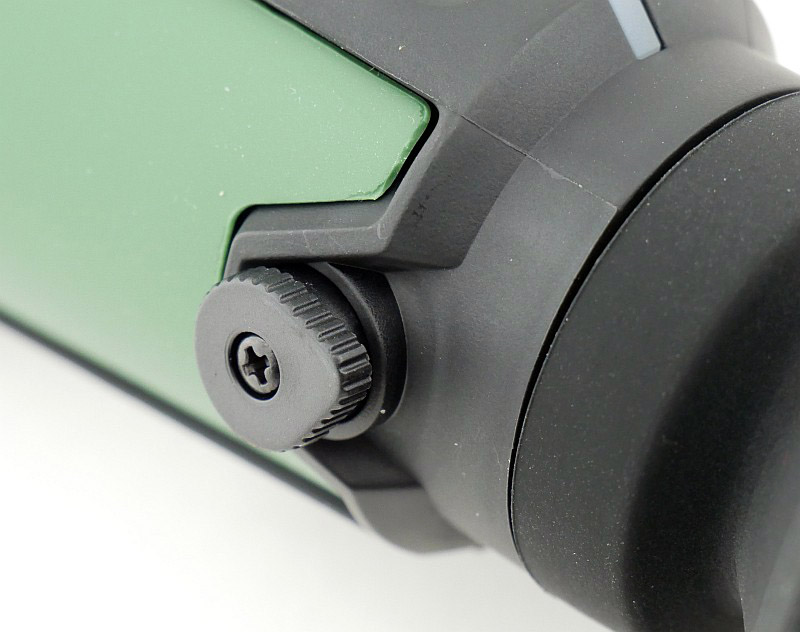
The top of the Scout TK has a set of four control buttons, plus the USB port cover. The buttons are basically Power, Brightness, Shutter and Palette.
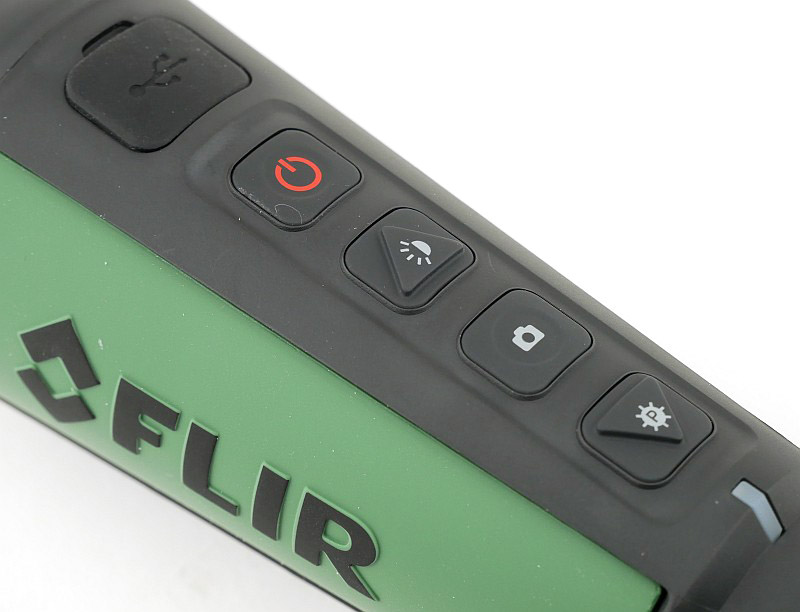
There is a wide, soft, eyecup shield to keep light in/out.
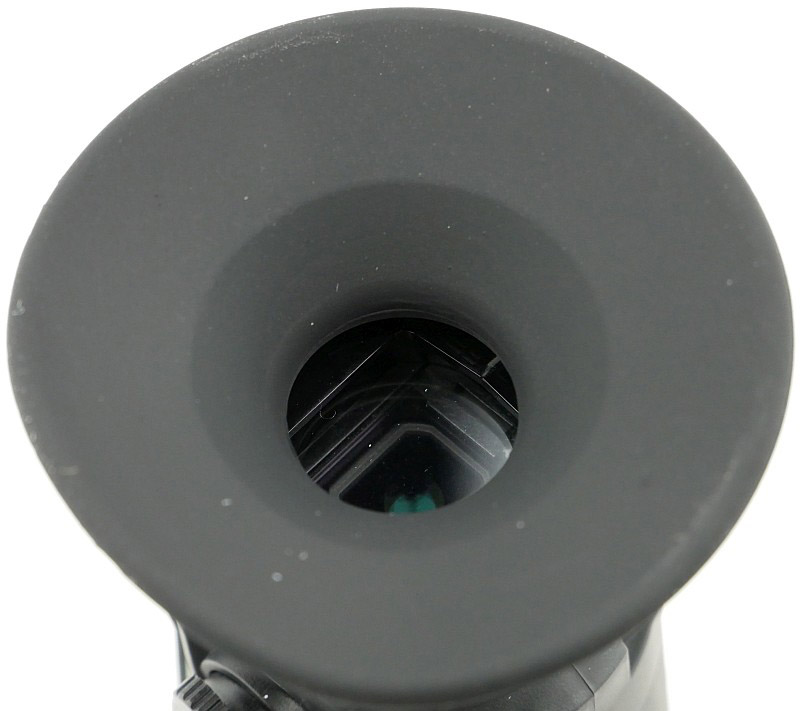
With the lens cover off we can start to see the odd looking thermal camera lens.
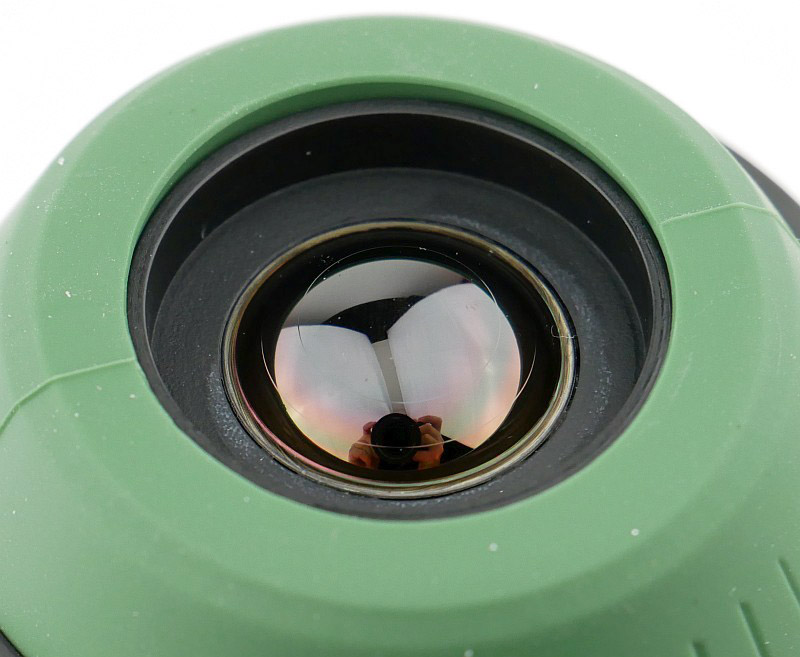
Materials and construction of the thermal camera lens are specialised as it is focusing infrared, not visible light.
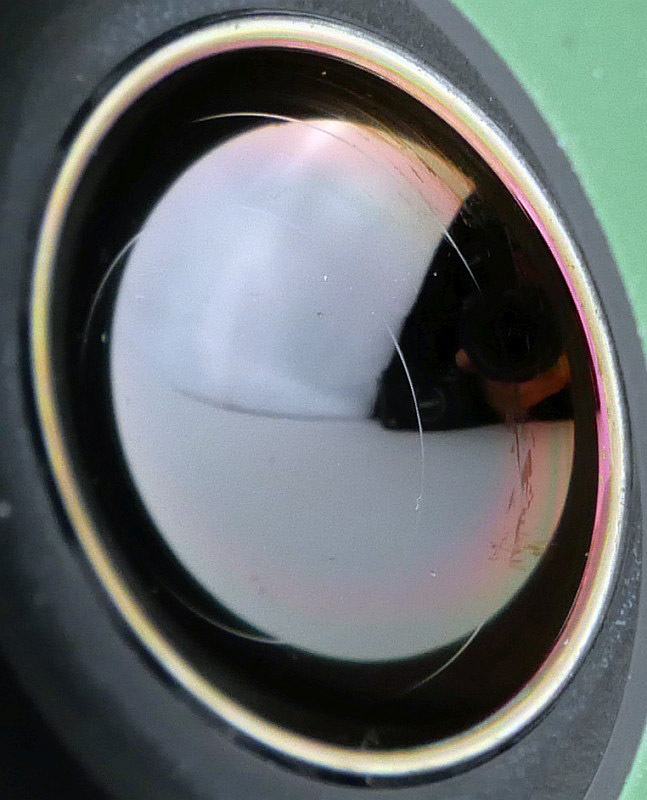
Pulling back the rubber USB port cover gives access to the micro USB port which is used for charging the internal battery and downloading the photos and video.
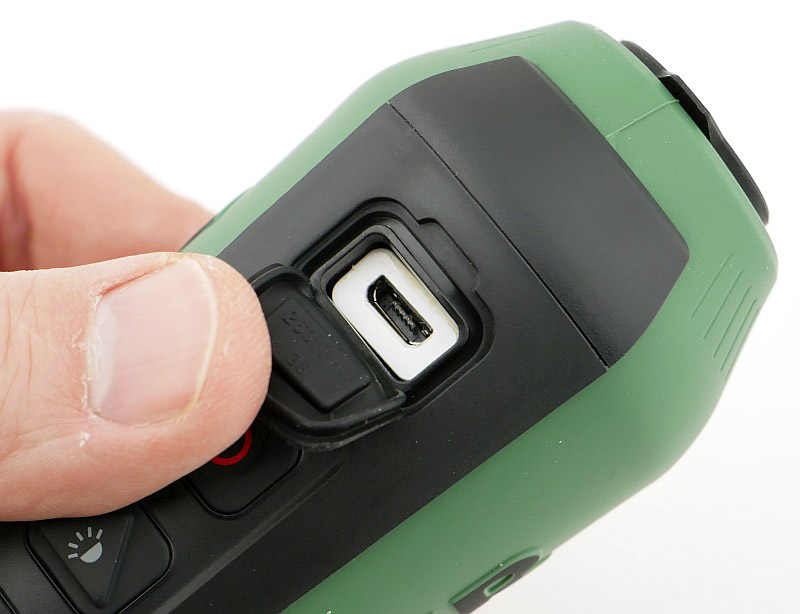
Though is it low-profile, the lanyard hole is easy to use.
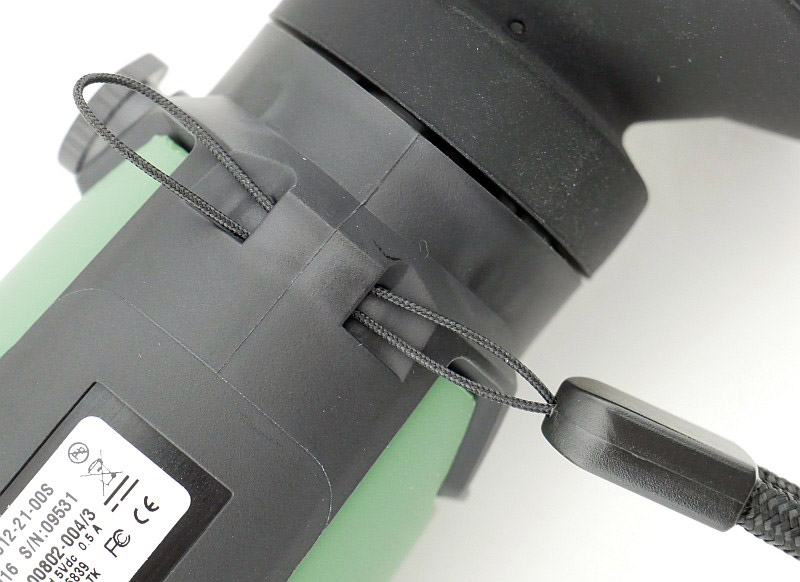
Being a reasonable investment, it is a good idea to use the lanyard.
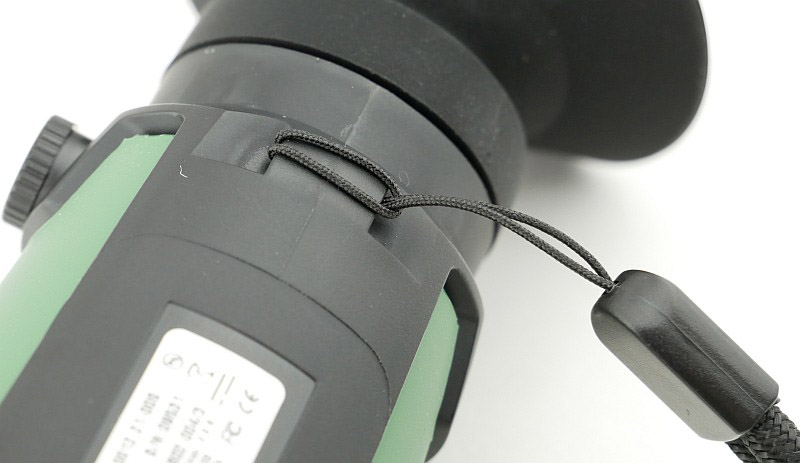
Plug in the supplied USB cable for charging and/or data transfer. This has a relatively slim plug, and some other cables don’t fit properly into the port.
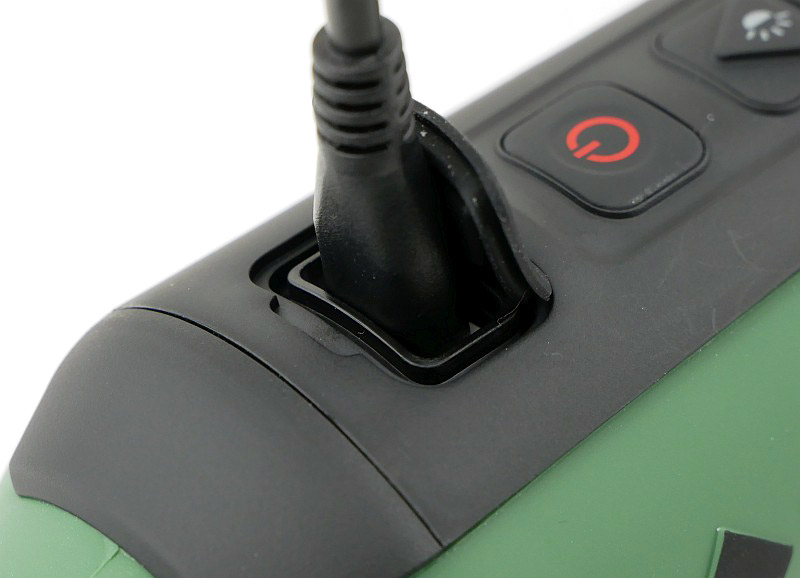
Before using for the first time I gave it a full charge.
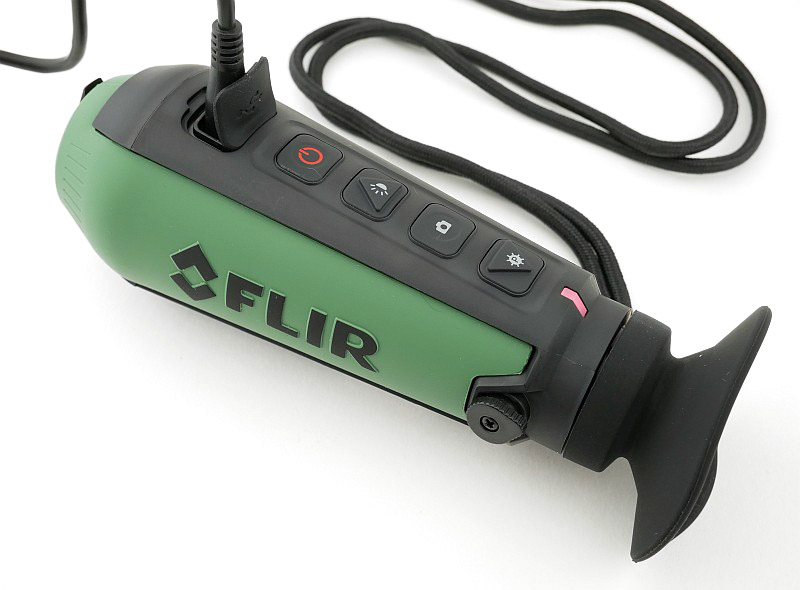
During charging the indicator light flashes red. This turns green once the battery is full, but keeps flashing.
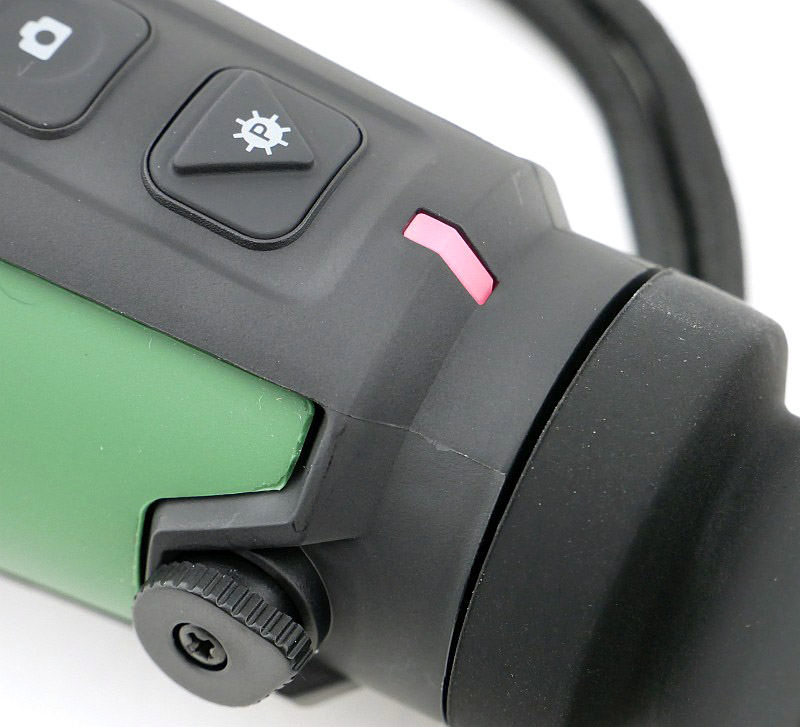
A little Theory (read at your own risk):
If you just want to get on and see more of the photos and video the Scout TK can give you, then feel free to skip over this section, but if you would like to know a little more about how and what it is really doing, then hopefully this section will help illuminate you, and with this knowledge, you can better understand how best to use it.
What is this camera actually seeing? Just as our eyes respond to visible light (which is a small range of wavelengths of Electromagnetic Radiation on the Electromagnetic Spectrum), the sensor in the Scout TK responds to a different range of wavelengths that our eyes cannot see.
Electromagnetic Radiation is typically referred to by its frequency or wavelength, and we are going to use the wavelength to quantify where we are on the Electromagnetic Spectrum. For those not familiar with the concept, just think of waves in the sea, and how far apart the crest of each wave is from the previous wave (wavelength). Waves that are closer together have more energy, and waves that are further apart have less, of course the wavelengths we are looking at here are tiny compared to waves in the sea.
A typical human eye will respond to wavelengths from about 390-700 nm (that is 0.00039-0.0007 mm). The Scout TK uses a ‘FLIR Lepton sensor’ which responds to wavelengths between 7500-13500 nm – referred to as long-wavelength infrared.
Hopefully you are still with me as this is where is gets interesting.
The reason the sensor in the Scout TK has been made to respond to this range of wavelengths is because this is the ‘thermal imaging’ region of the Electromagnetic Spectrum. Objects at temperatures between -80 °C and 89 °C, purely due to their thermal energy (temperature), emit electromagnetic radiation in this band of wavelengths. As the objects themselves are emitting the radiation, there is no need for any ‘illuminator’ or external source of light. The objects simply ‘glow’, in infrared, all by themselves, and the camera sees their emissions directly.
This is a completely passive observation of the objects, needing no visible light or any other source of illumination, but it does bring us to one more important aspect of this to understand.
Because we are passively observing the radiation emitted by the objects themselves, and the wavelength of the infrared radiation ‘seen’ by the camera sensor depends on the temperature of the objects, we are really only ‘seeing’ temperature differences. If everything observed by the camera is actually the same temperature, it isn’t possible to distinguish any of the objects – they all just appear the same shade of grey. So what we want (and need) is temperature difference to be able to ‘see’ with a thermal camera. This concept will become clearer during the review when we look at what you need to bear in mind to get the best out of it.
Now that I’ve brought up the requirement for there to be a temperature difference to be able to ‘see’ anything with the thermal camera, to understand some of the images shown in the review, it is also necessary to understand how FLIR presents the observed picture. The sensor itself is capable of a ‘seeing’ very wide range of temperatures (-80 °C to 89 °C), but if this entire range was used all the time, you would not see the difference of only a few degrees clearly at all. To get round this, constantly during use, the processor in the Scout TK takes the highest and lowest observed temperature values and sets these as the maximum and minimum temperature colours for the palette being used. (The palette is a range of 256 colours used to represent the different temperatures ‘seen’ by the camera sensor.) So, as soon as a much colder, or hotter, object comes into view, those maximum and minimum values shift, and smaller temperature differences lose definition.
Staying in the technical frame of mind, here are a few key features of the Scout TK:
Detector Type – 160 x 120 VOx Lepton ® Microbolometer
Thermal Sensitivity – Waveband 7.5-13.5µm
Field of View (H x V) – 20° x 16°
Media Storage – 1000 images and 4 hours of video
Eyepiece display – 640 x 480 pixel LCD
Refresh Rate – <9Hz
Battery Type - Internal Li-Ion Cell
Ingress Protection Rating - IP-67, Submersible
What it is like to use?
Hopefully you survived the thermal camera theory, as it helps explain some of what we see in this section.
Although the Scout TK might be the lowest specification of FLIR’s thermal camera scopes, it is also the most convenient to carry. The sort of thing you will take on the off-chance instead of specifically planning to need it.

Small enough to pop in a jacket pocket, or use the neck lanyard to carry around.
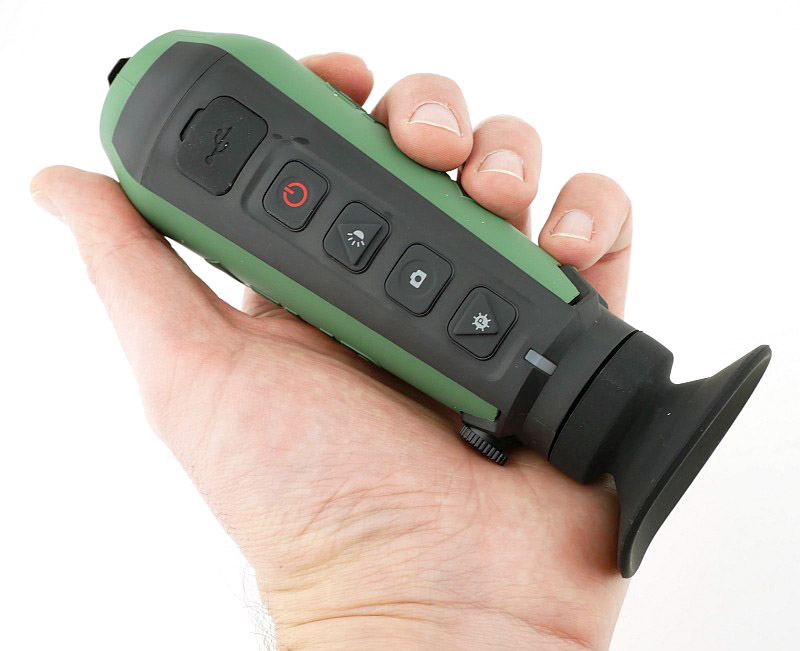
Getting started with the Scout TK and power it up with a brief press of the power button. About 10 seconds later the thermal imaging is shown on the internal 640 x 480 pixel eyepiece LCD.
During the startup, you might notice it clicking, and this also happens from time to time as you use it. While it is clicking the image being displayed freezes. This is a calibration process known as flat-field correction or FFC, and an integrated shutter performs the FFC automatically. Due to the nature of the sensor, and the fact it is ‘seeing’ infrared, which it itself is emitting, this calibration ensures that each pixel in the sensor is set to the same level when shown a uniform target (the shutter) ensuring there is no distortion of the thermal image.
So far, apart from when turning it on, I’ve not found a clear pattern of when the calibration triggers, but you will see it from time to time during use.
OK, so most importantly, what do we see? Well there is a lot more, but turn it on out of the box, and this is the sort of thing you immediately have revealed. Here, down a dark unlit path is a dog-walker and two small dogs.
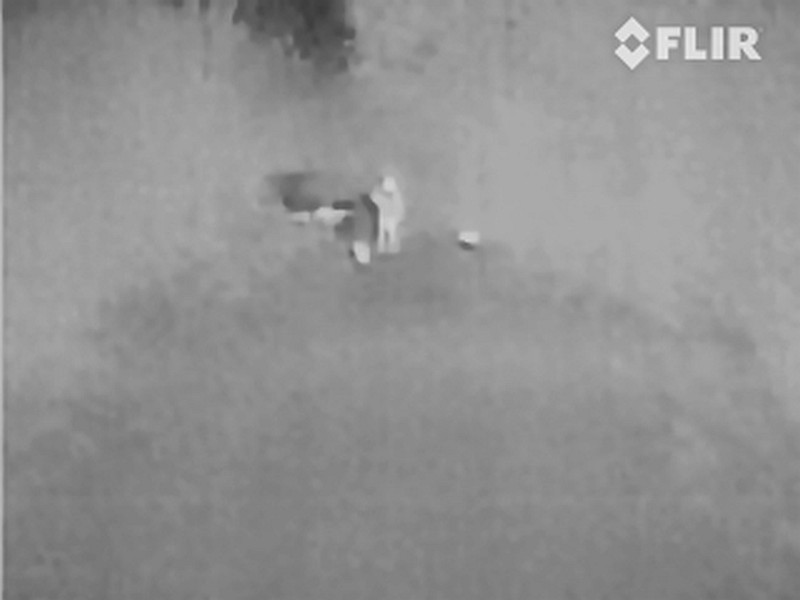
With the Scout TK using an eyepiece display, the brightness of this could be too dim for daylight use, or too bright for dark adapted eyes, but of course, FLIR have included brightness adjustment. You’ll find out how important this is the first time you let your eyes adjust to the dark. Fortunately it is quick and easy to dim the display to a comfortable level. Thanks to the eye shield, I’ve actually found the dimmed display fine for daytime use as well.
The previous image was pretty clear anyway, but change to a different palette (more on those in a minute) and they definitely stand out now.
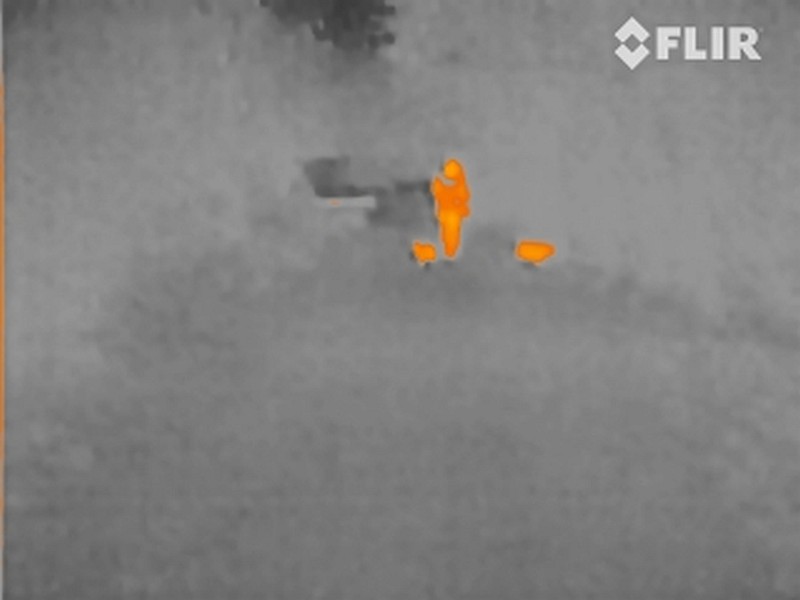
The same scene again, but using the palette which has become the most useful to me, called ‘Rain’, and there is no mistaking our dog-walker.
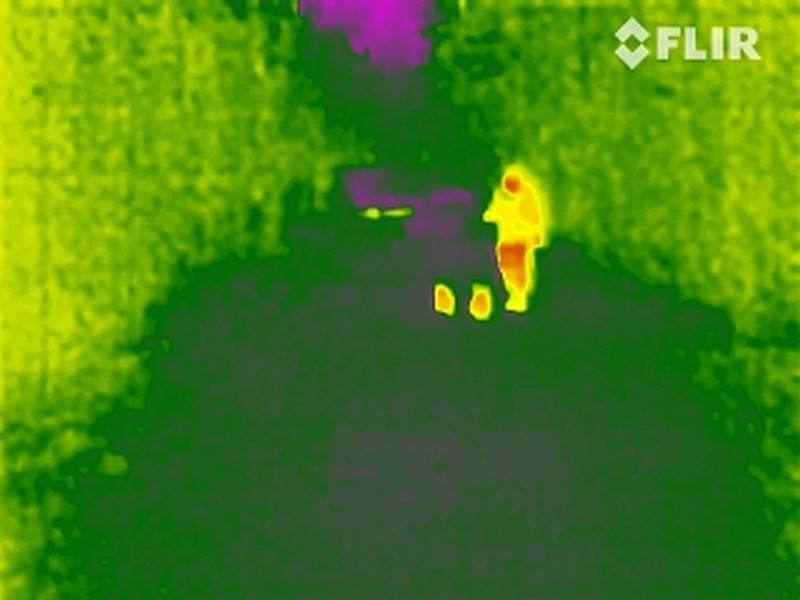
We’ll cover the most important feature of palettes in more detail, but before moving on, there is a simple menu system for the few settings you might want to tweak from their defaults. Through this menu you set the date/time and tweak what is displayed. You can also enter the basic Gallery to view photos you have taken (videos don’t play back).
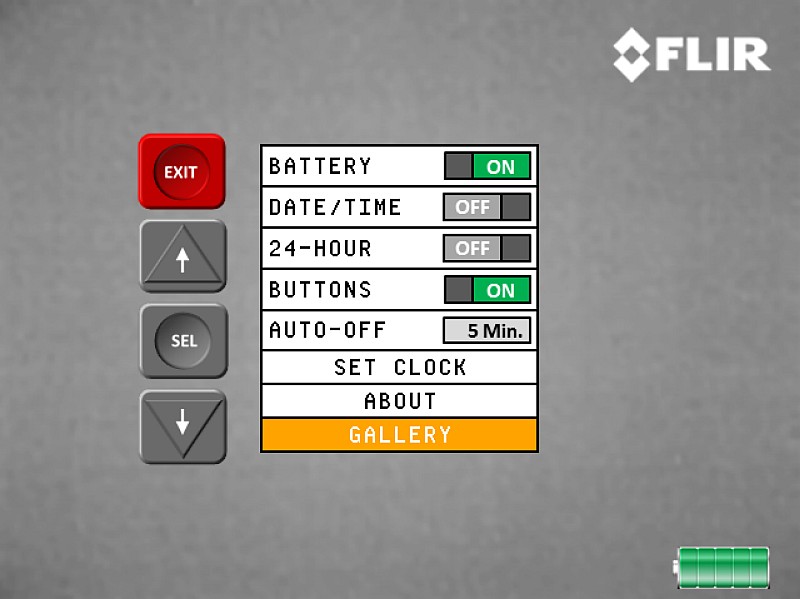
Opening the Gallery means you can browse through the images. They are shown quite small with there being no full screen view, only what you see here. Videos are shown as a still image, but won’t play.
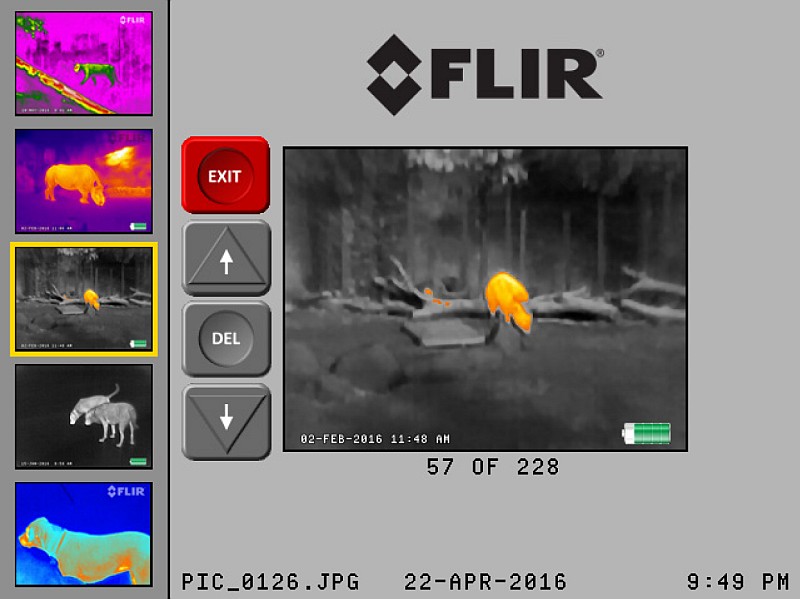
It might not be your first question, but it was one of the things I tried straight away, ‘can it be used through glass?’; this is your answer. Of course modern glasses are specifically designed to keep heat in, including infrared, so it is basically an infrared mirror.
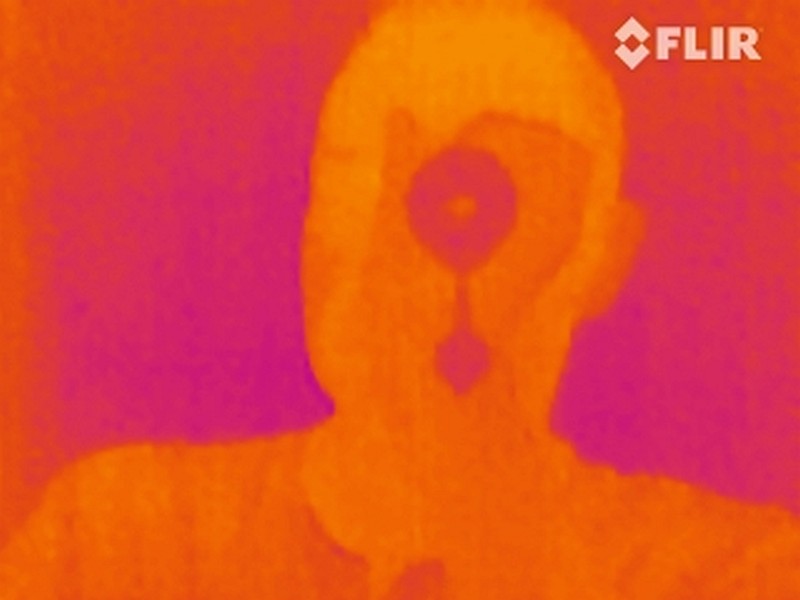
Designed with the outdoor enthusiast in mind, in the urban environment there are still many things you might use this Scout TK for, including finding overheating appliances, missing home insulation, and this list just goes on and on. In this case I wanted to know which car was the one that had just parked. No question there.
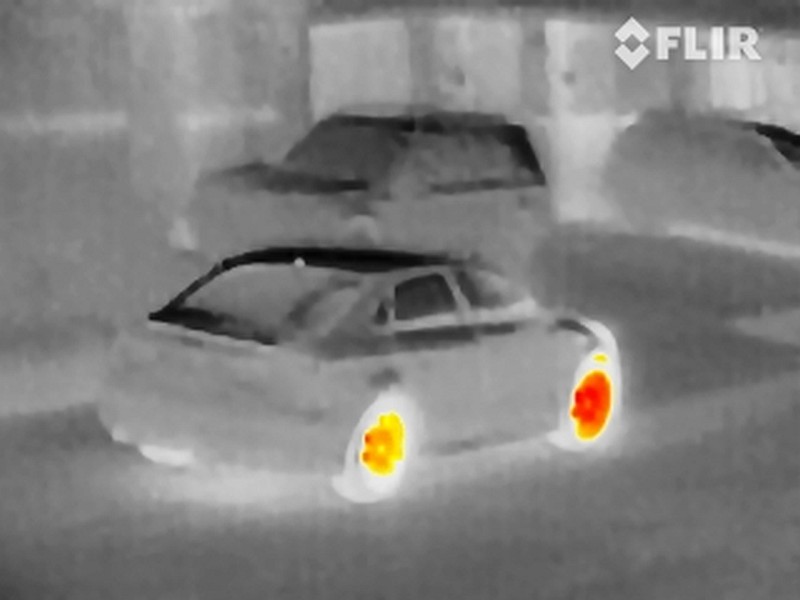
Part of the reason for all the theory included earlier is to understand one possible issue you may encounter in certain situations.
This scene is of a path through open countryside. At the very top, you see just a hint of sky (black). The Scout TK is set to use the Instalert palette to hopefully make it easy to spot any animals.
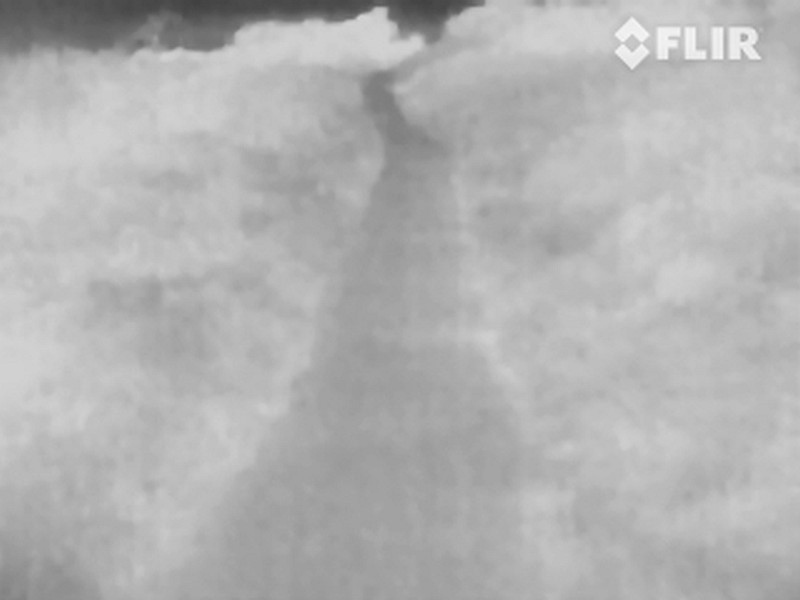
Lifting the view just a little brings more of the sky into view, and suddenly all of the bushes and grass are on fire! Not terribly useful.
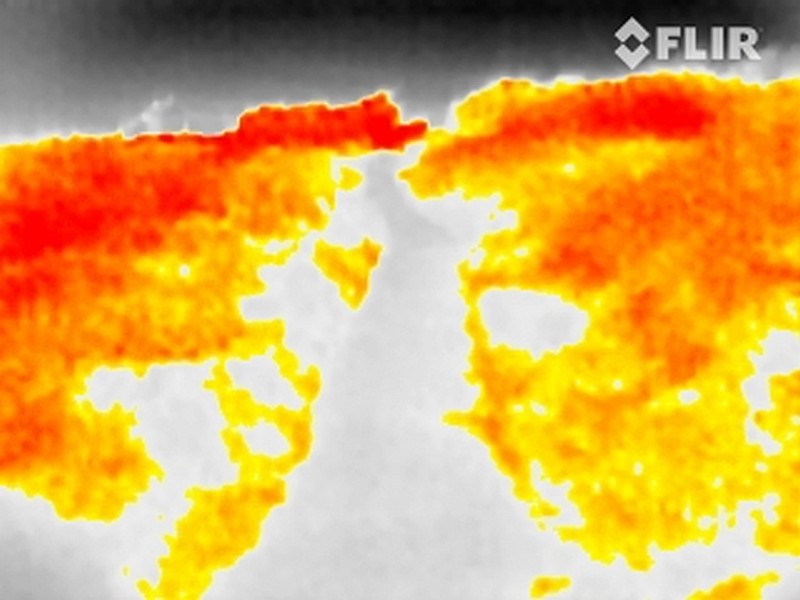
OK, so what happened? It comes down to the way the camera calculates the colours to match the current observed temperature profiles. Moving the camera so you now include the sky in the image means this becomes the coldest thing; there are now fewer colour variations available to show differences in temperature between a bush and an animal. Once you understand this you can avoid washouts like this; to get the best colour contrast, avoid getting extreme temperatures into the image (sky/ice etc).
The term palette has come up several times and these are one of the most useful settings in a thermal camera as each has a particular benefit. One of my most used palettes is ‘Rain’ which works for low contrast scenes. Here a fox is clearly visible in the distance when the other palettes barely showed anything.
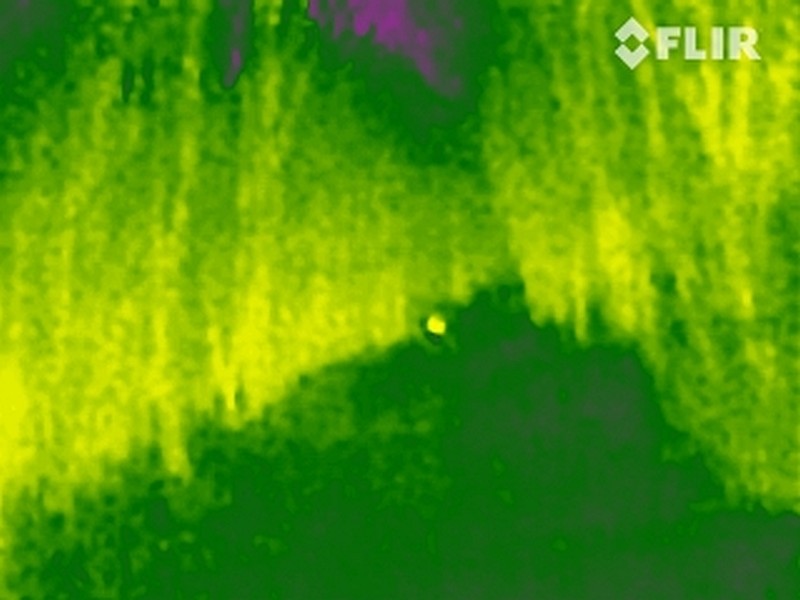
Taking these images directly from the Scout TK documentation, this is the full set of palettes you can choose from.
Palettes:
What we have seen so far are still images such as this one of a ……… Oh, yes this not much help, is it, as a still image? Unfortunately this particular sighting did not get captured as a video, and what was clear from the moving image in the eyepiece was that this is a badger.
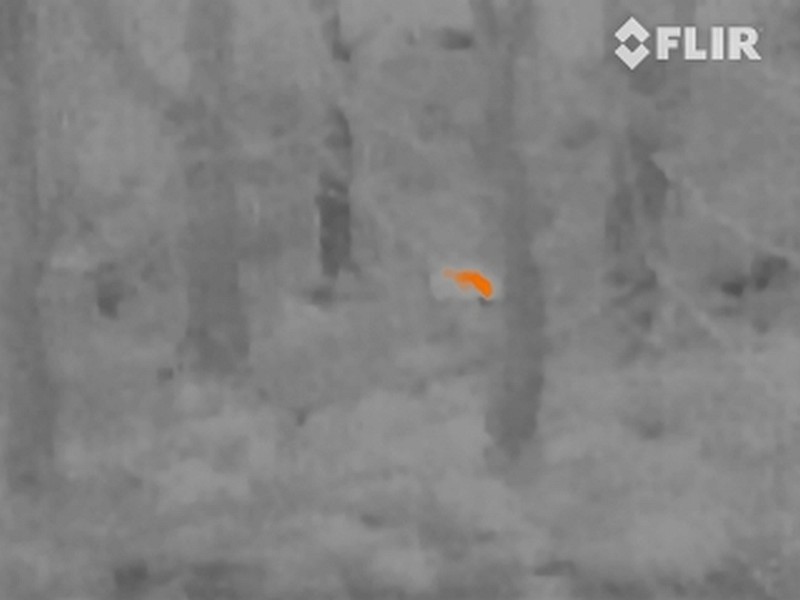
So, lets have a look at some video from the Scout TK and you’ll get a much better idea of what it is like to use.
Video Edited with – Cyberlink Director Suite 5 (PowerDirector 16 and AudioDirector 7)
In real terms, you will be making your observations live with the Scout TK, but if you want to capture those observations to share, taking still images is good, but taking video even better.
What about the daytime? A thermal camera is going to work best when there are the greatest differences in temperatures, and it is at night when the animals you are looking for will stand out against a cool background. However, it can be quite interesting to use a thermal camera in daylight and you see things quite differently.
At first this image looks almost as you might expect for a black and white visible-light image. The shadows from the cars that are cast onto the pavement, are not exactly that. They are the shadows of the cars, but here we see them as colder areas as the sunlight is not warming the ground. We see the lack of warmth, not the lack of light.
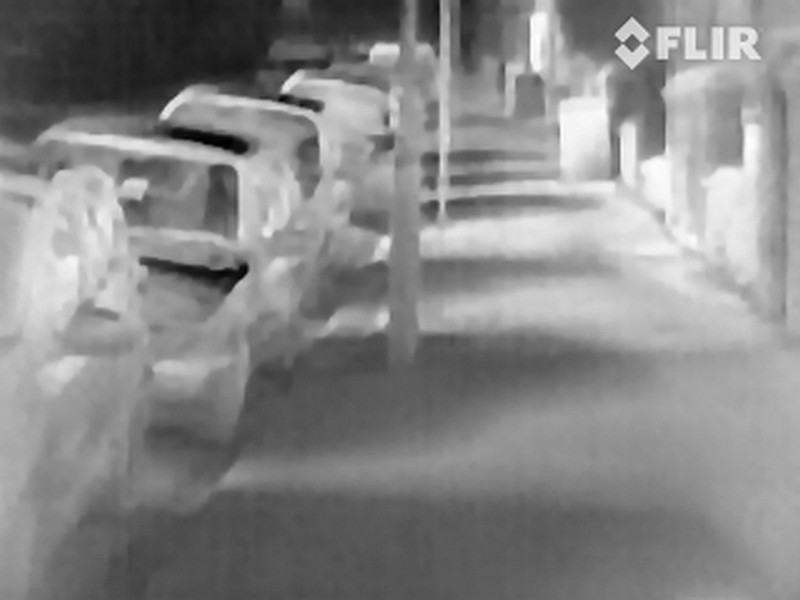
This patchy looking car doesn’t have a funky paint job and white wall tyres, it is actually silver with plain black tyres. What we see is how the sunlight is heating up different parts of the car. The black rubber tyres are soaking up the heat of the sun and get nice and warm. The doors are insulated and so heat up more than the rest of the body, and the plastic bumper is also heating up differently.
Direct sunlight, and the heat it imparts to what you are observing, either conceals or reveals details, so is interesting but a bit hit or miss.
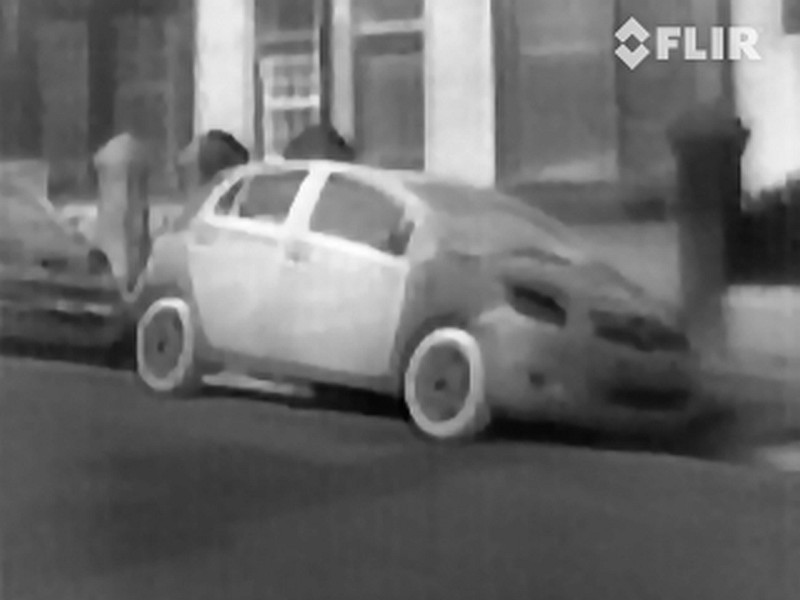
As portable as the Scout TK is, I wouldn’t normally carry it as an EDC, so it was just luck that meant I had it with me when a burning smell was reported coming from the server room at the office. With no obvious smoking or dead equipment, a quick scan with the Scout TK identified the culprit in less than 30s.
The lower battery bank of a UPS was significantly hot on one side and heating the battery bank above it. All healthy UPS units were cold, but not this one.

After electrically isolating the lower battery bank so it was no longer powered, a couple of hours later the two healthy UPS components were cold again with only the problem battery bank showing residual heat. After removing the four battery trays in this bank, the two on the right where the heat was seen had swollen and melted batteries with acid leaking. Thanks to the Scout TK the problem was found and dealt with very quickly.
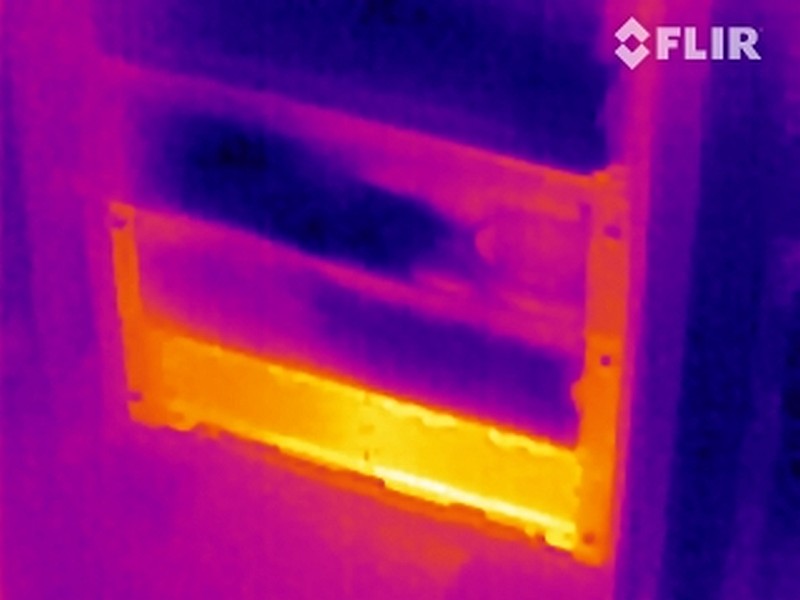
With the design of the Scout TK, FLIR have kept is simple and fully self contained. This makes it easy to carry and easy to use. Compared to some of the more advanced cameras (and significantly more expensive), the Scout TK has a few limitations, but these are intentional and allow the Scout TK to be easy for anyone to pick up and use. Once you have your preferred palette and display brightness selected, the Scout TK can actually be a single button device – the power button – turn on, observe, turn off.
Review Summary
The views expressed in this summary table are from the point of view of the reviewer’s personal use. I am not a member of the armed forces and cannot comment on its use beyond a cutting tool or field/hunting knife.
Something that might be a ‘pro’ for one user can be a ‘con’ for another, so the comments are categorised based on my requirements. You should consider all points and if they could be beneficial to you.
| _______________________________________________ | _______________________________________________ |
| Things I like | What doesn’t work so well for me |
| _______________________________________________ | _______________________________________________ |
| Self-contained thermal camera. | Thermal technology is still expensive (£500-£577). |
| Scope style body for intuitive use. | Gallery display is small and does not play back video. |
| Wide range of useful palettes. | USB data transfer seems to be USB 1.0 speed. |
| Excellent battery life. | |
| Records images and video. | |
| Robust, easy to use design. |
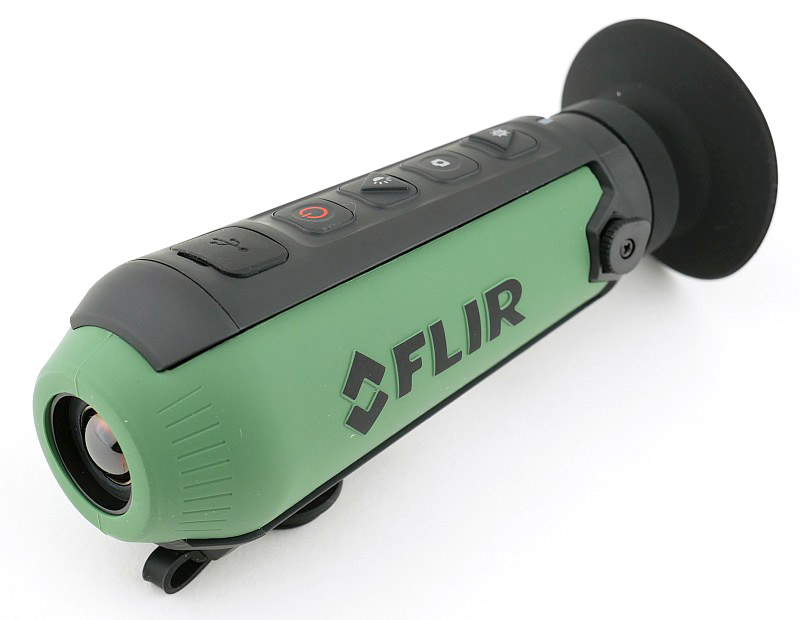
Discussing the Review:
The ideal place to discuss this reviews is on a forum. If you started reading the shorter forum version of the review, but followed the link this full exclusive review, please return to that forum to discuss the review there.
If you read the review entirely on Tactical Reviews, please consider one of the following to join in any discussion.
CandlePowerForums – Knife Reviews Section (Largest and Friendliest Flashlight Community Forum)



